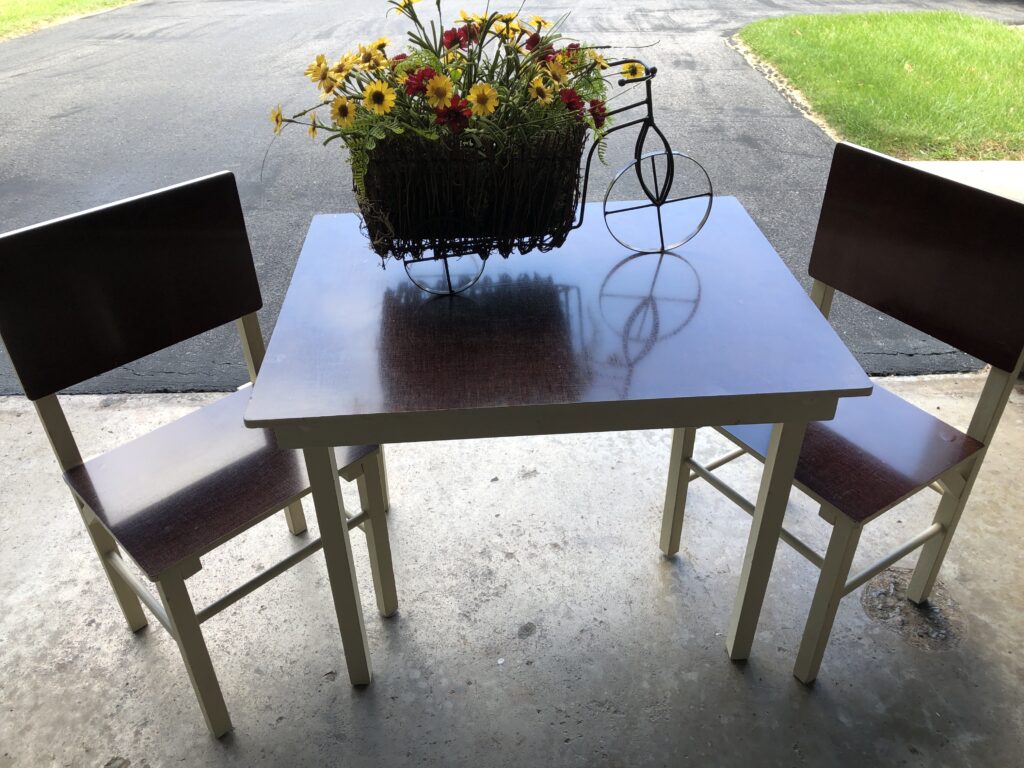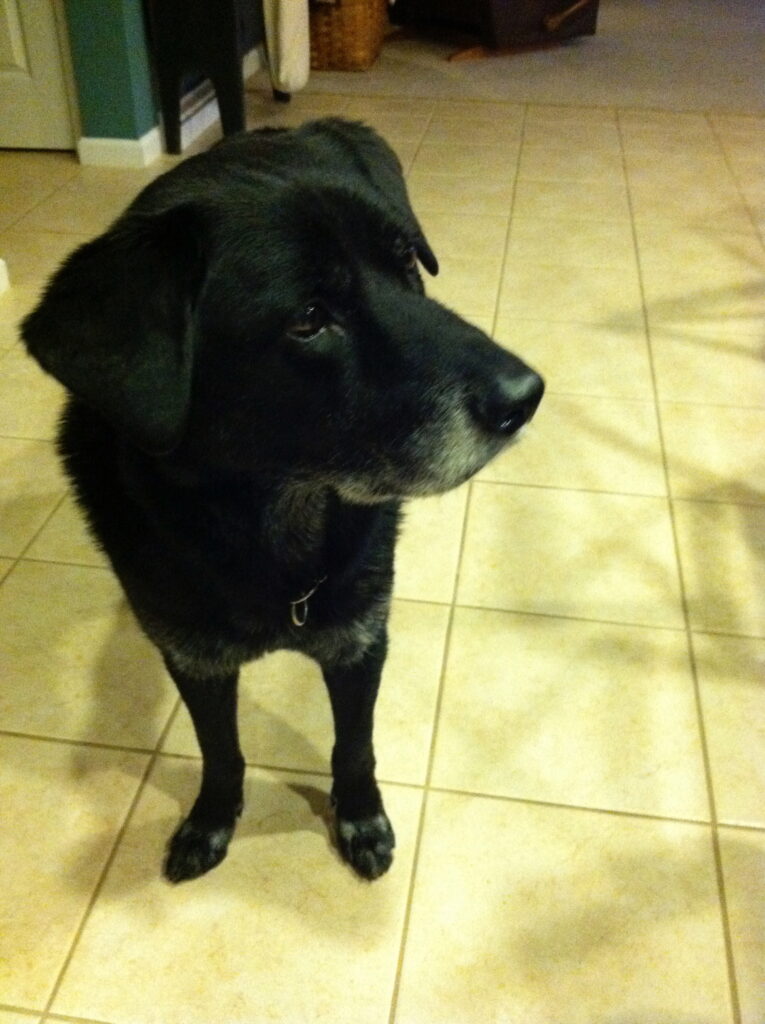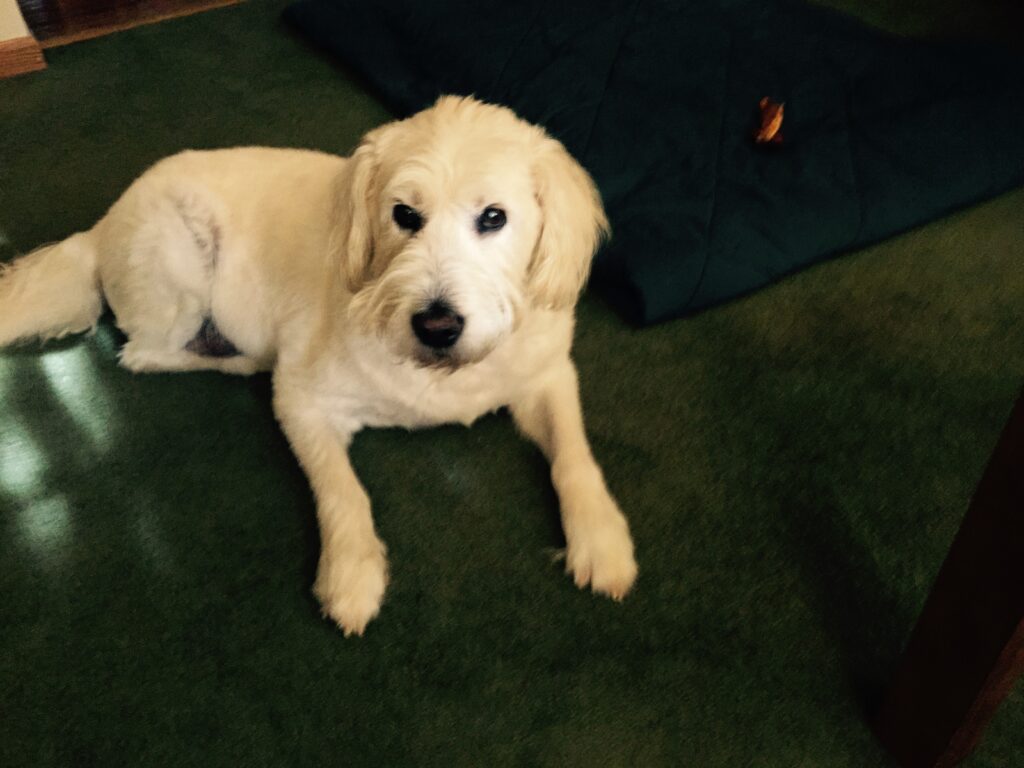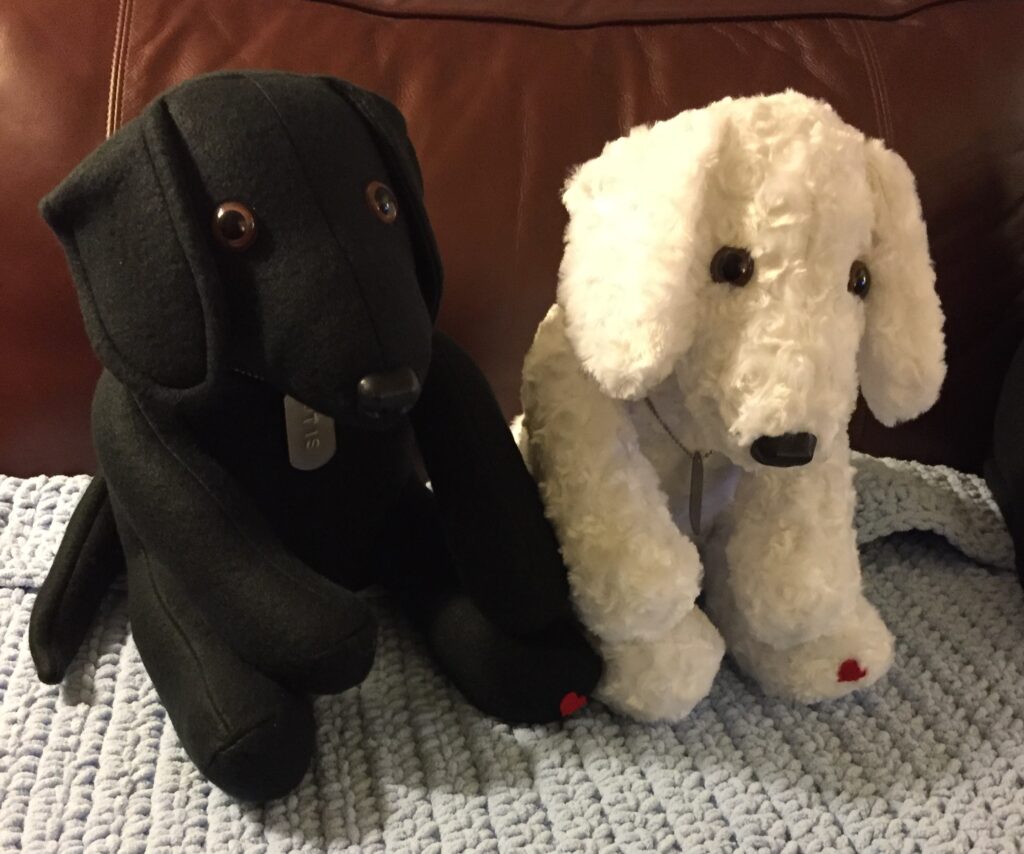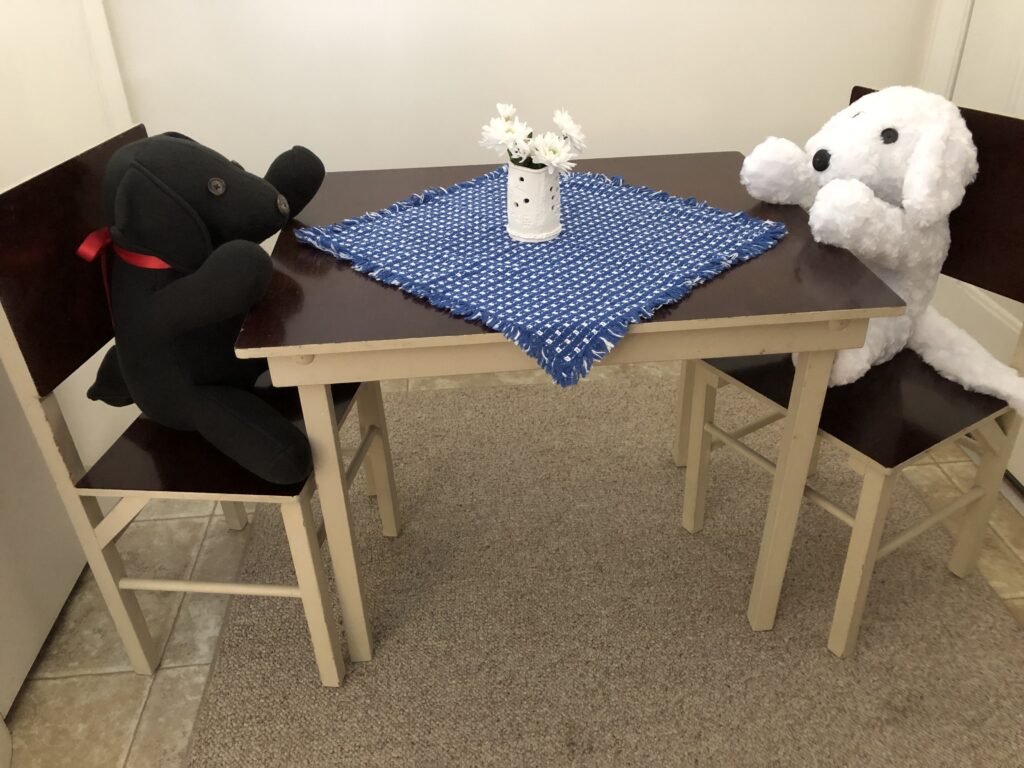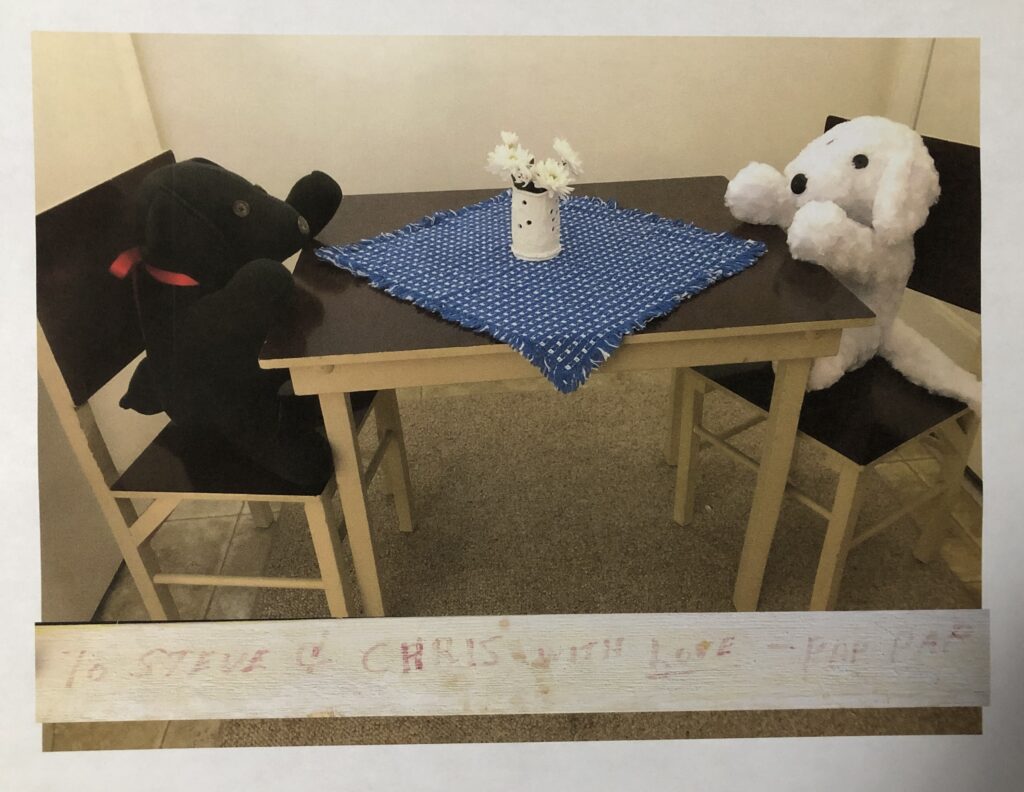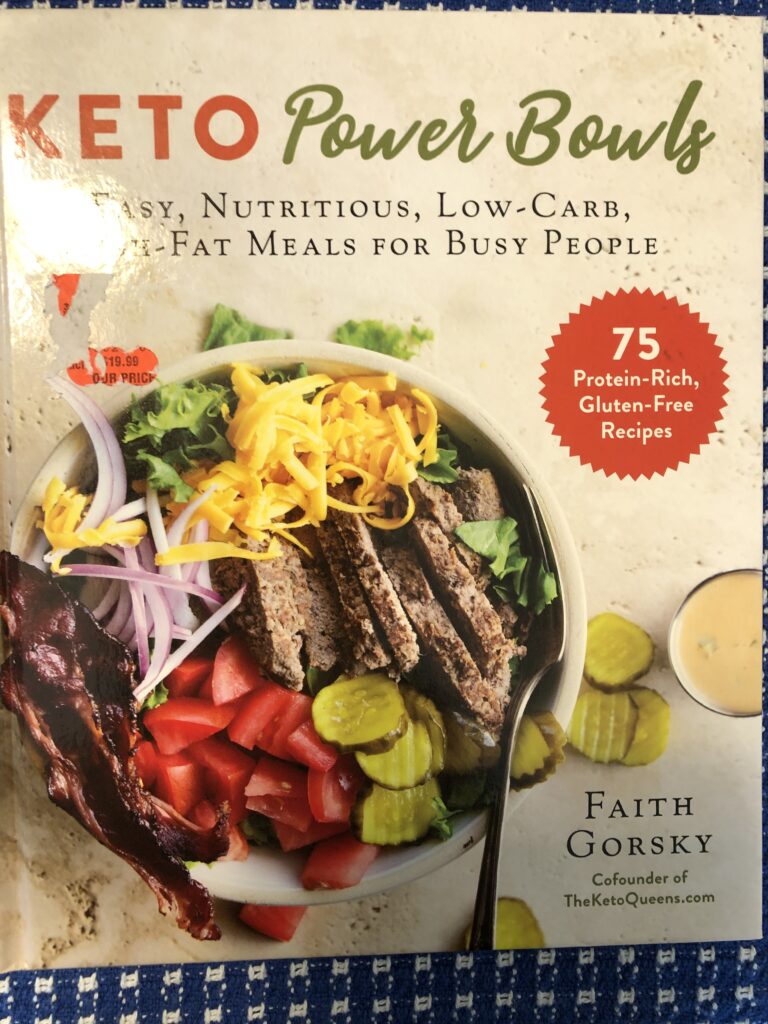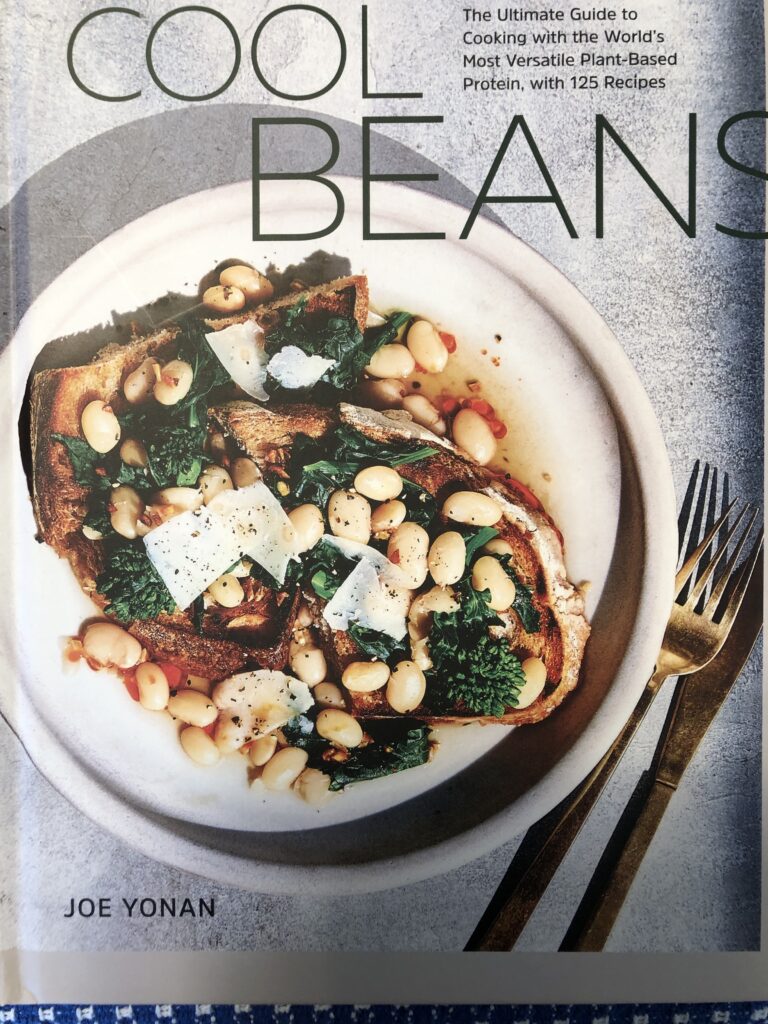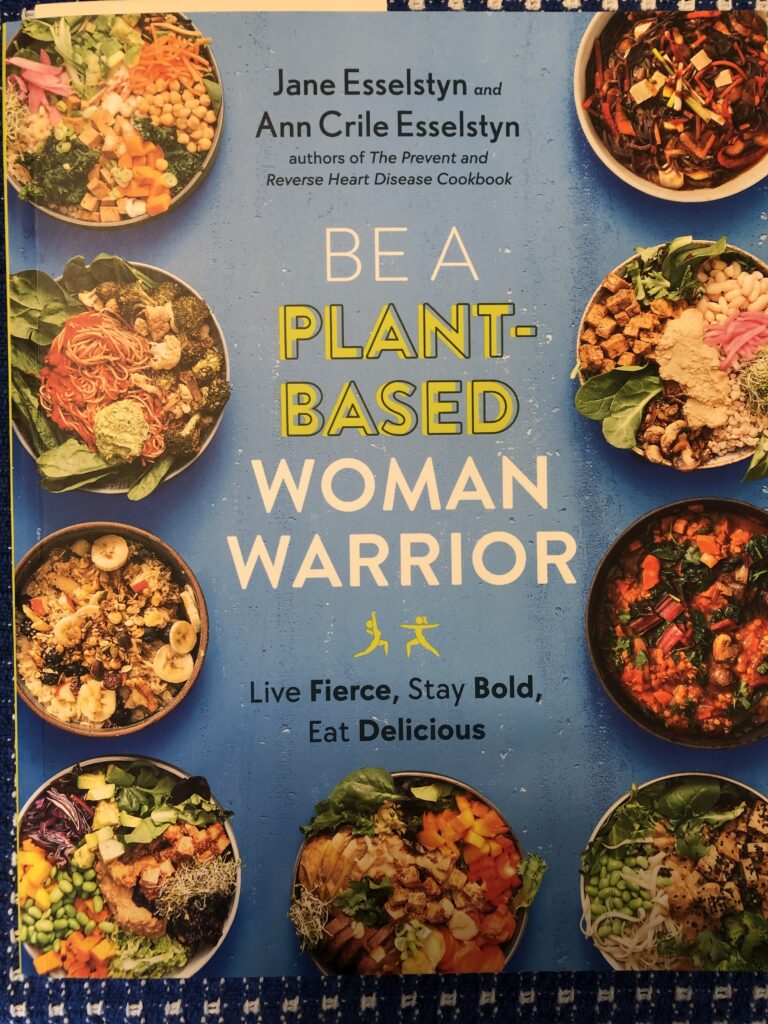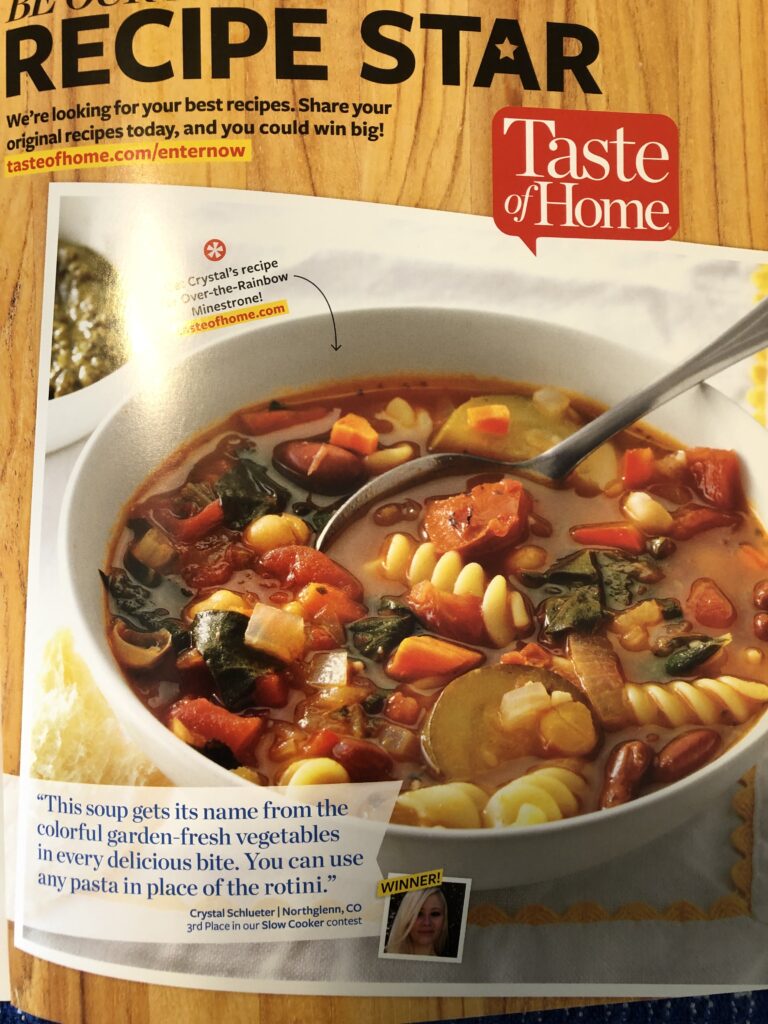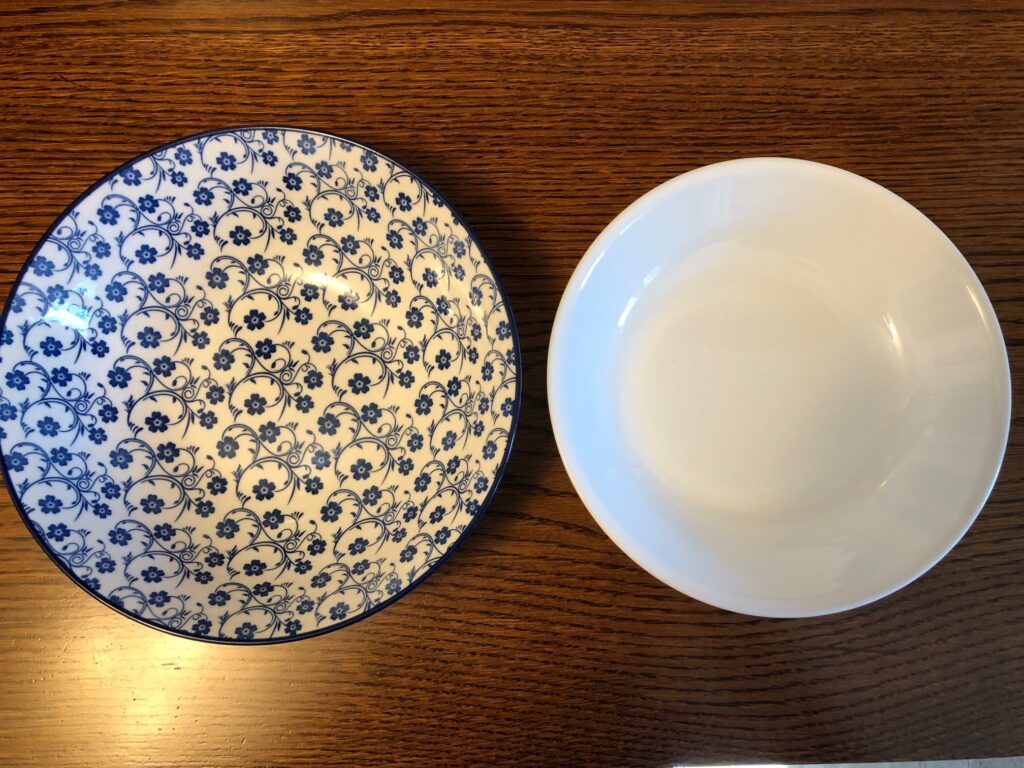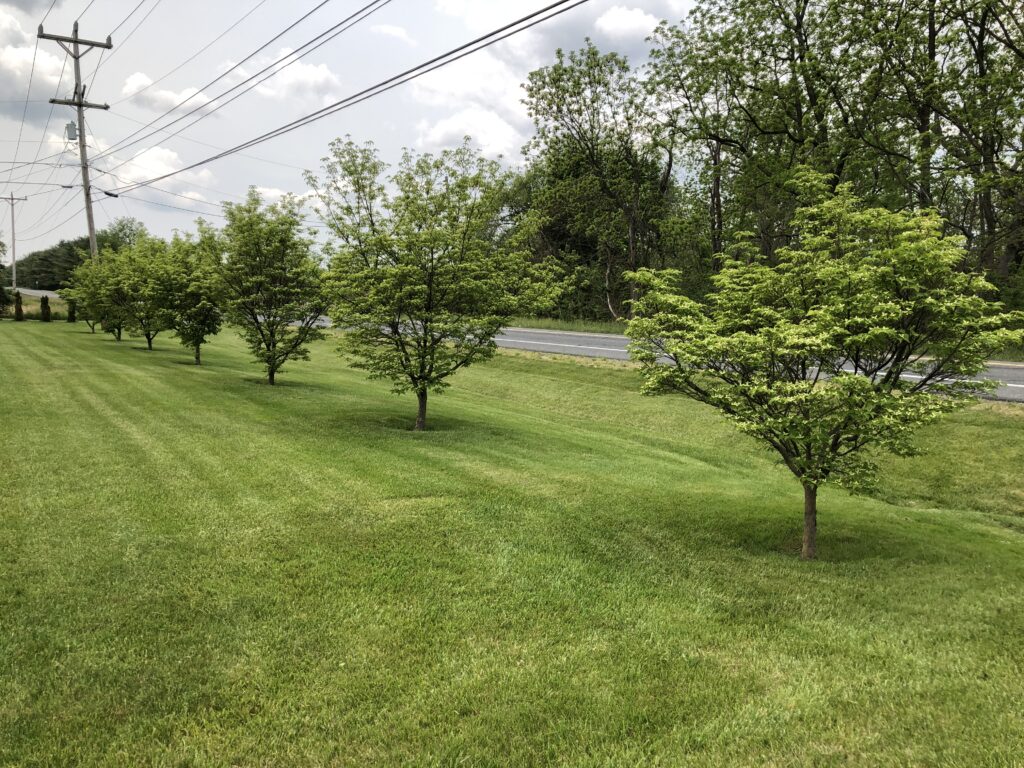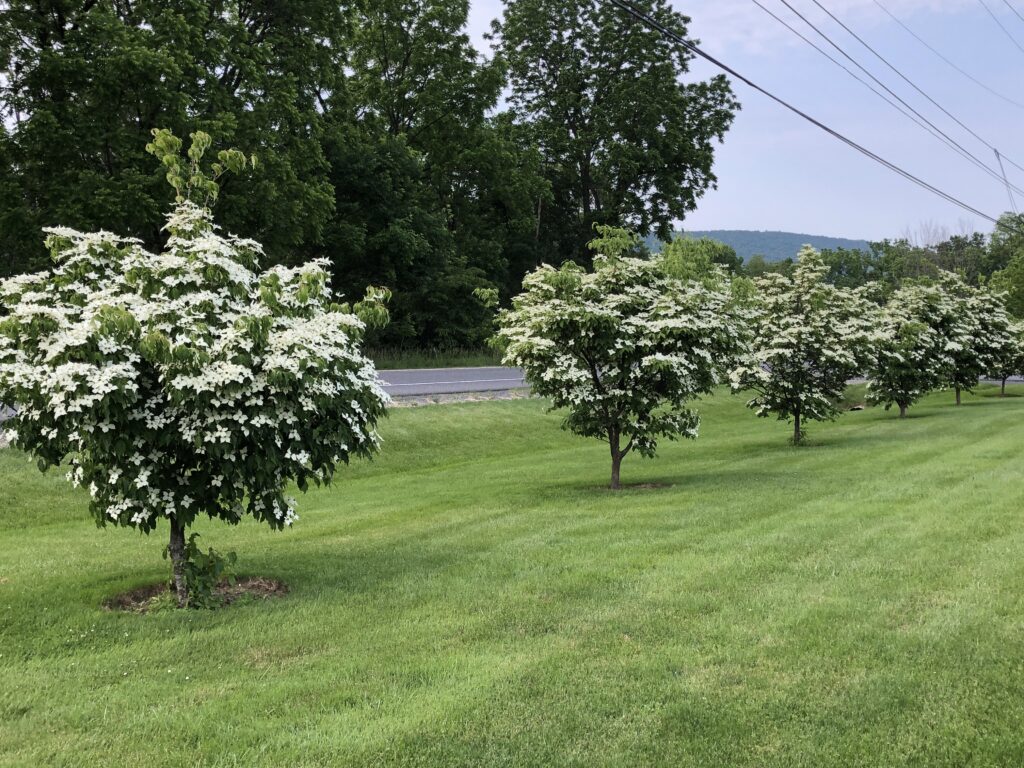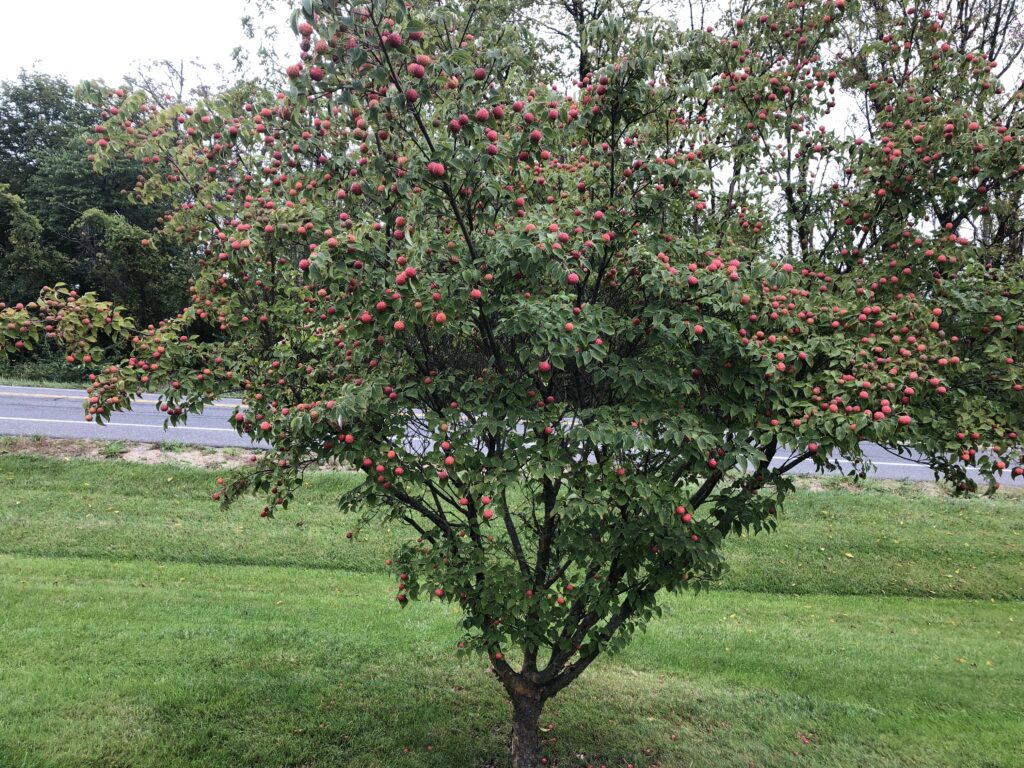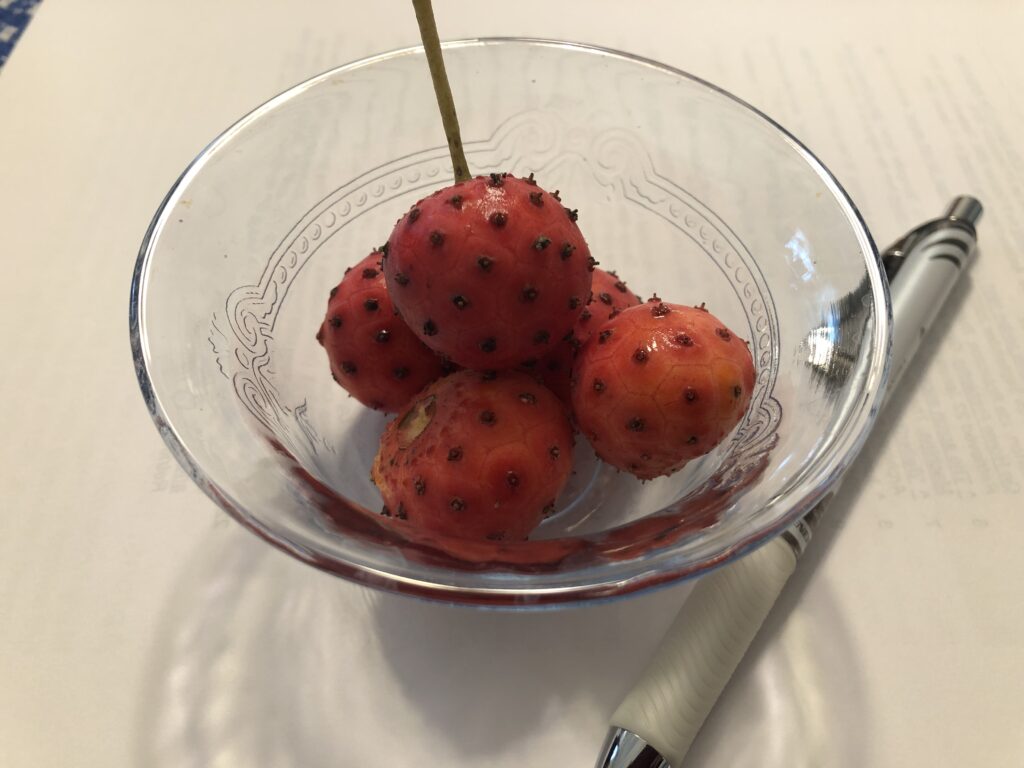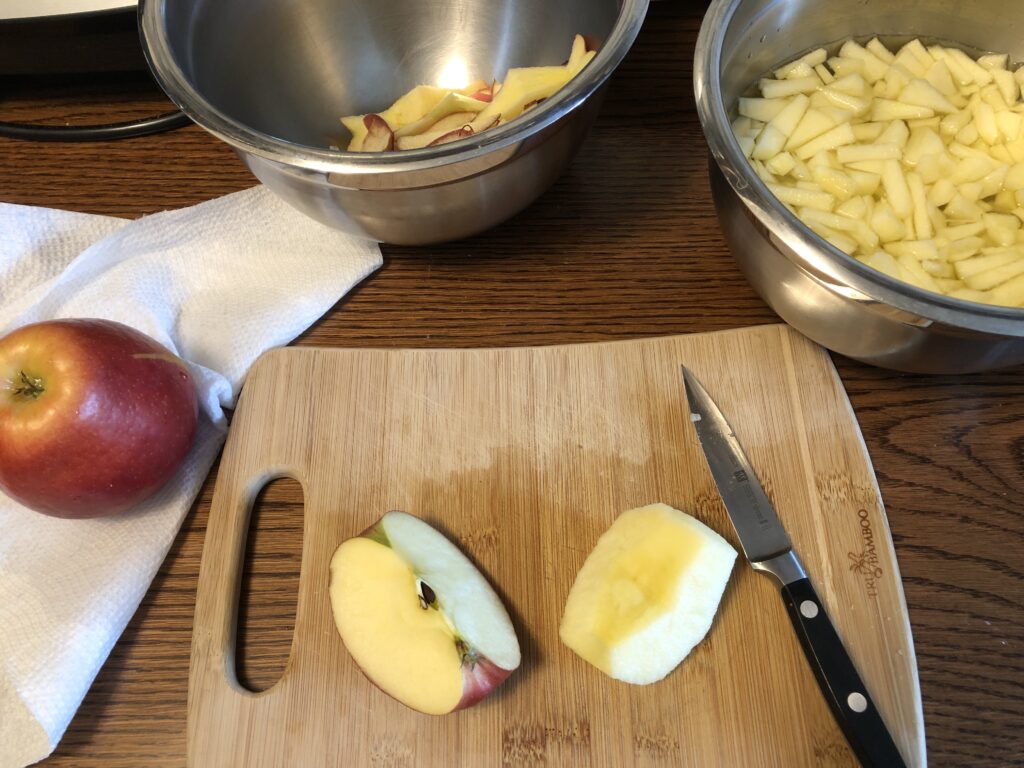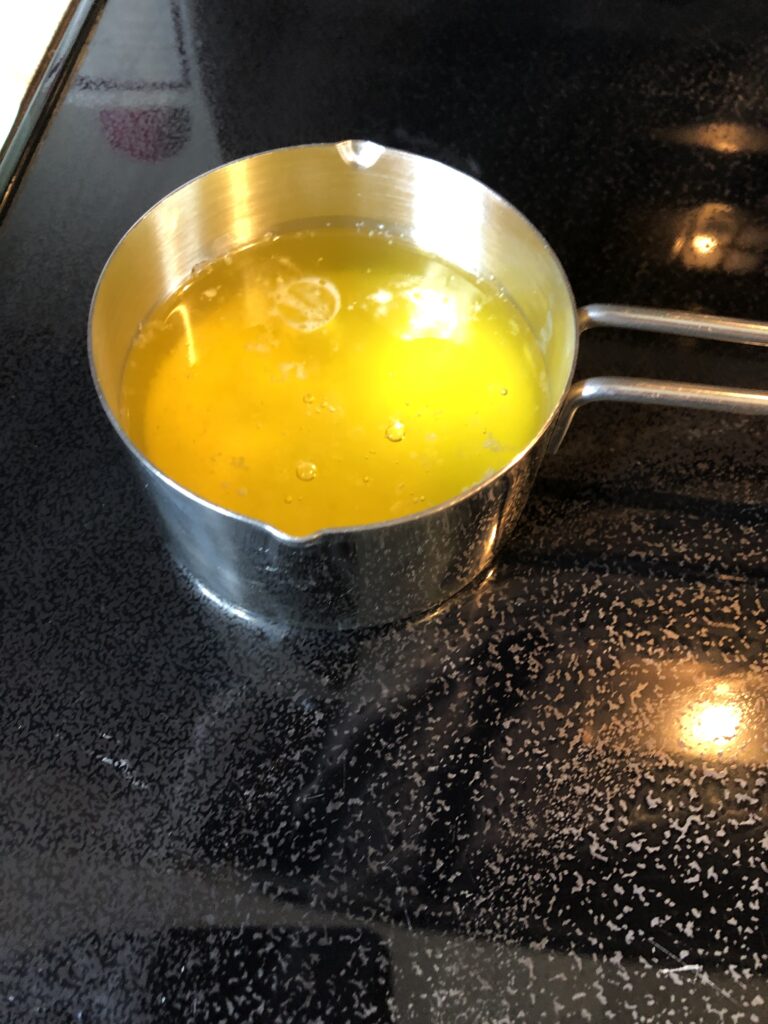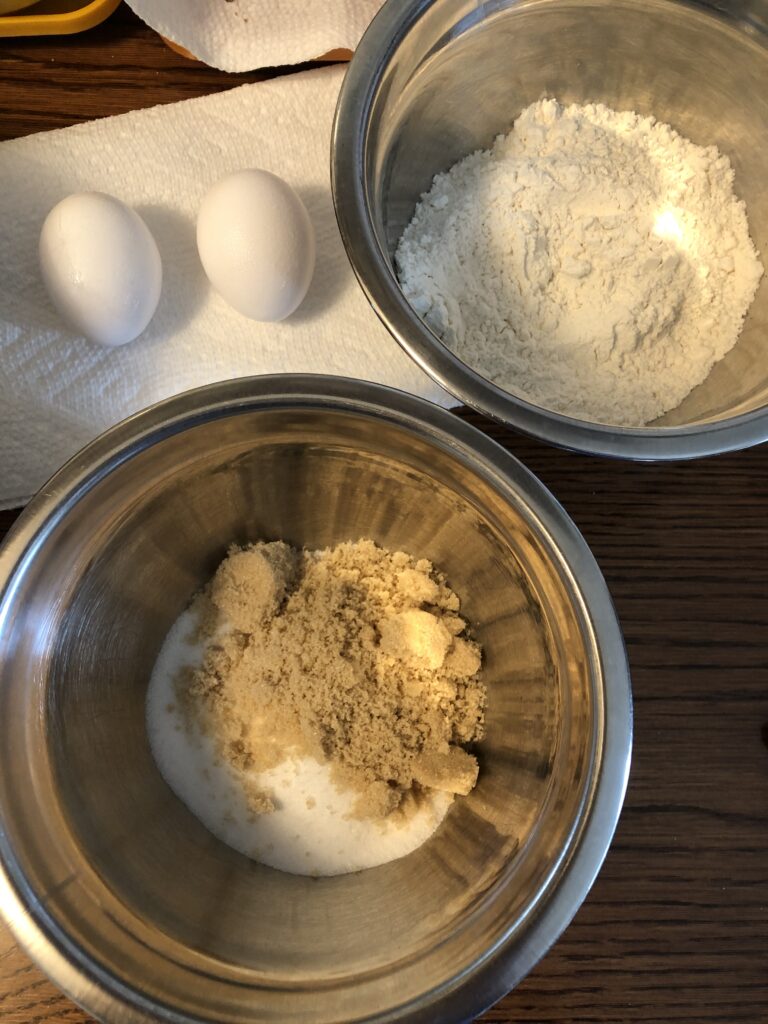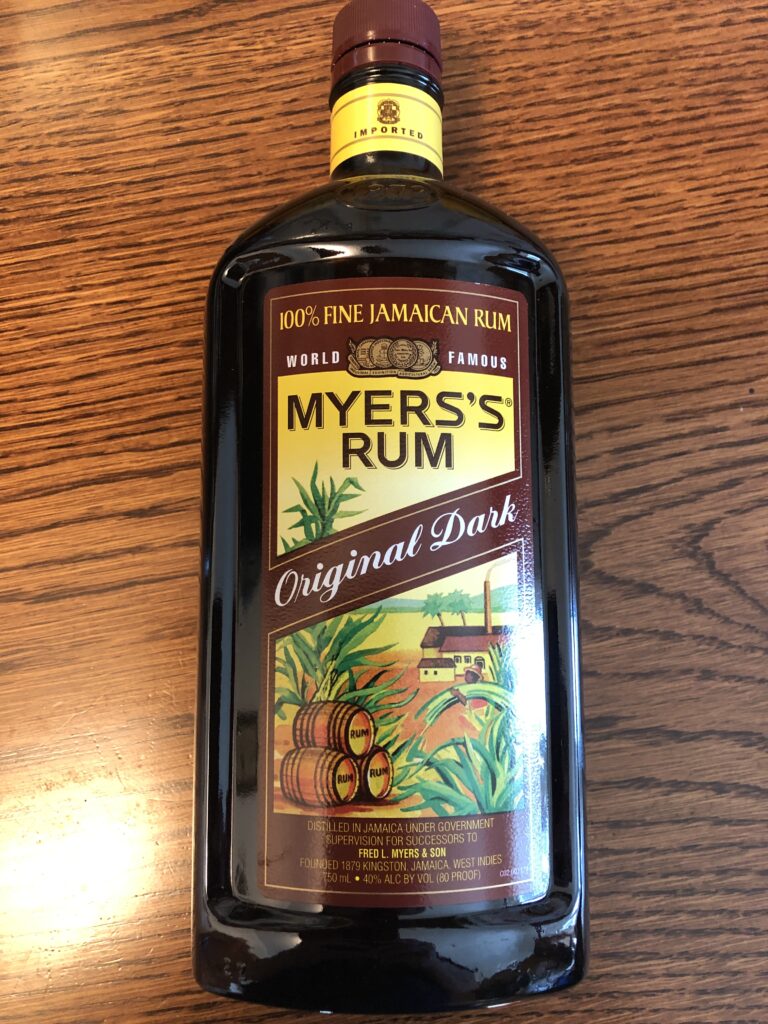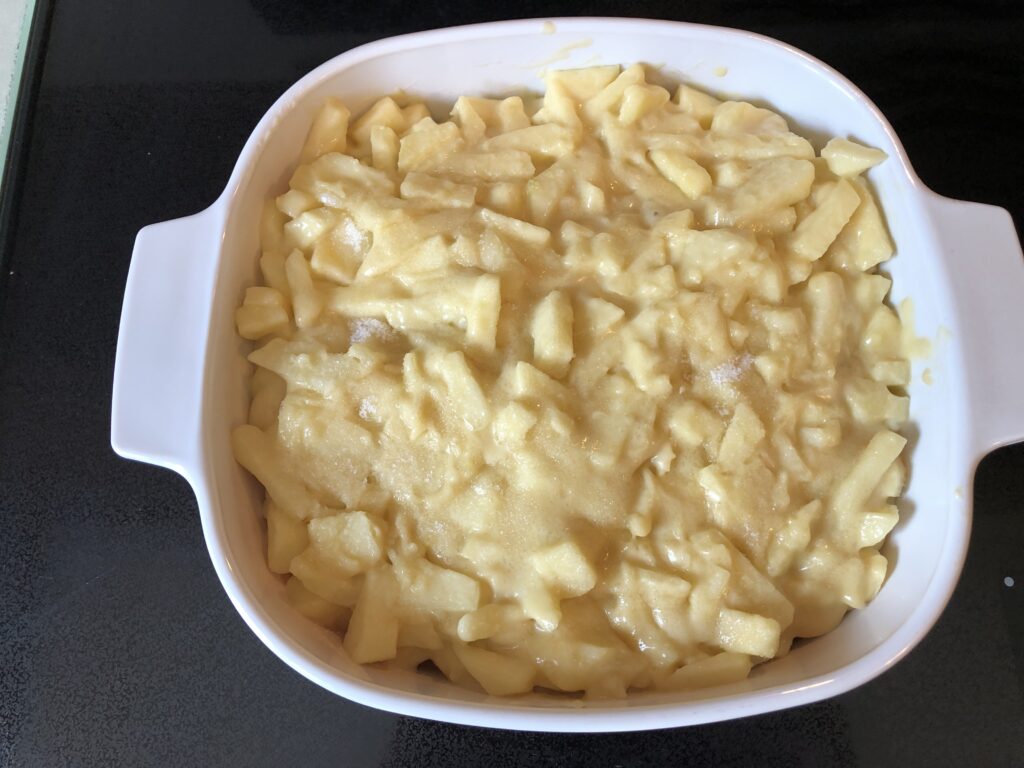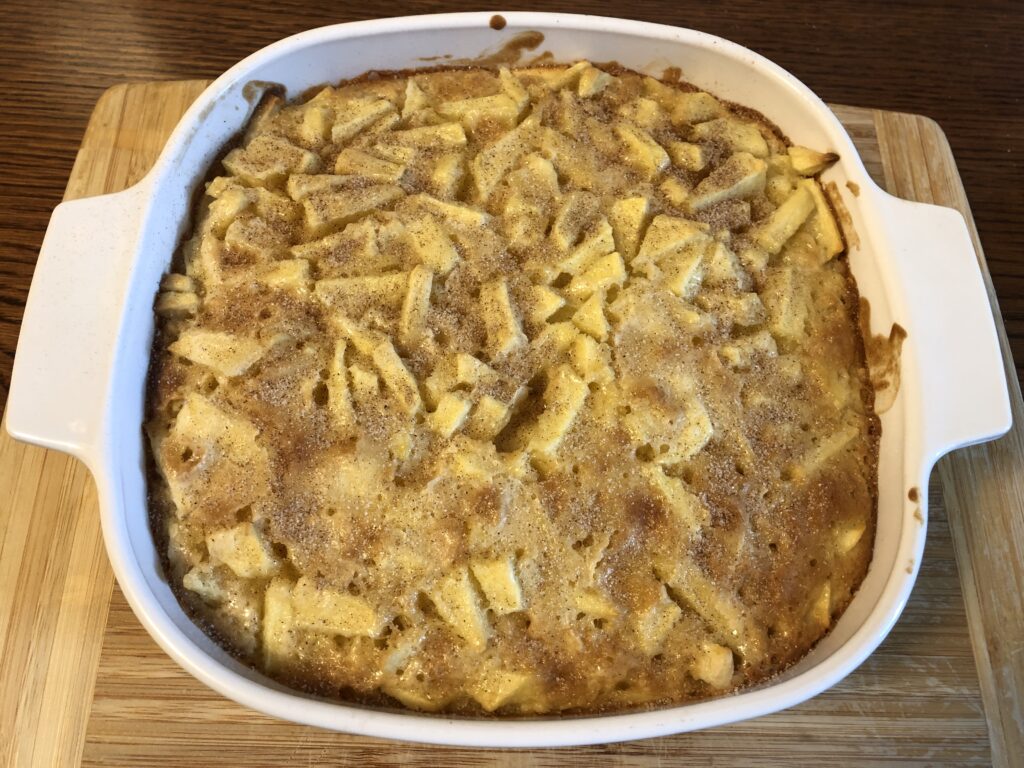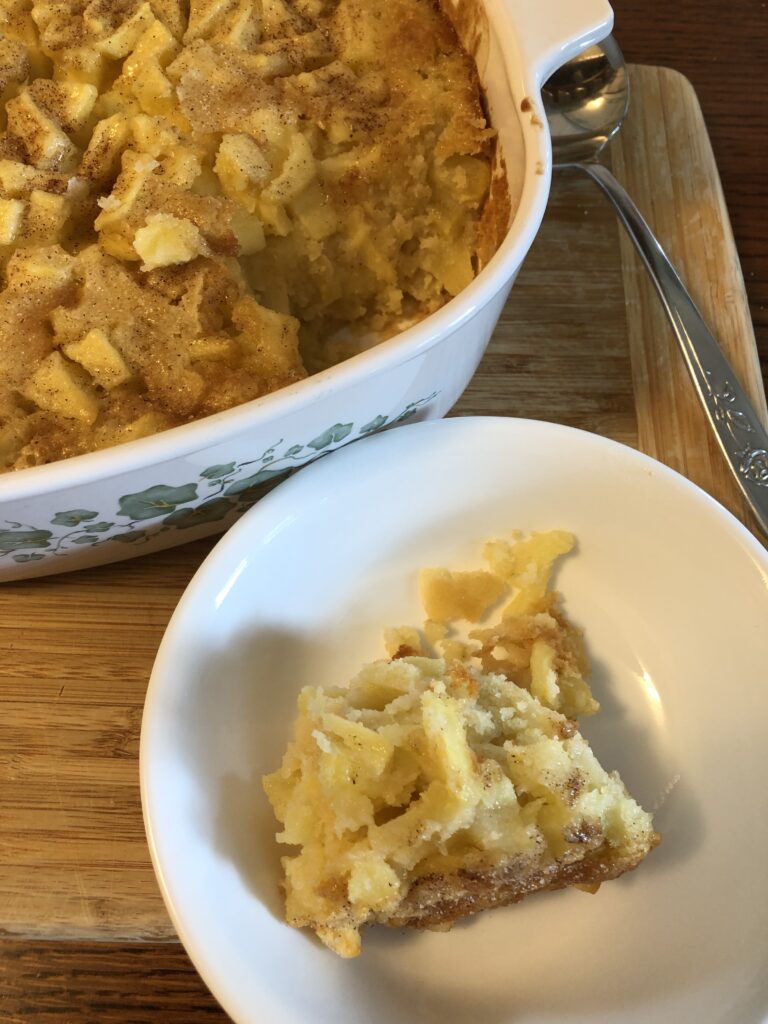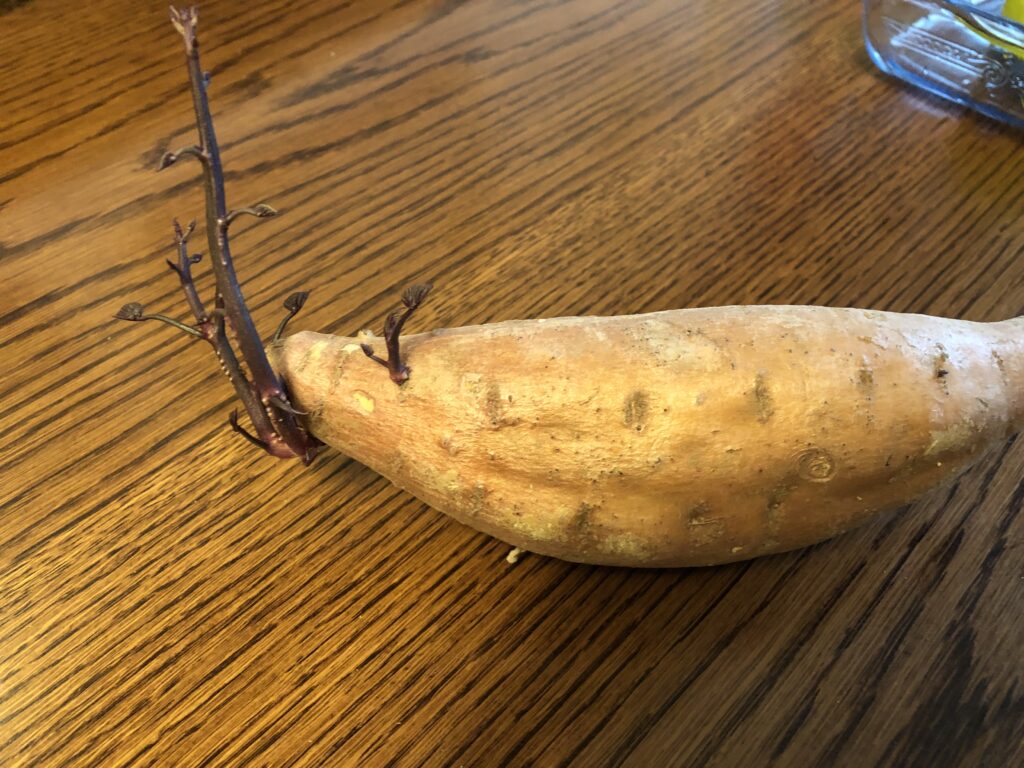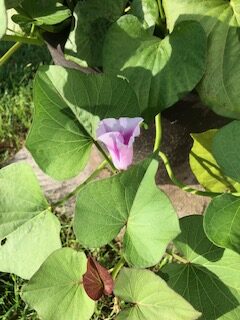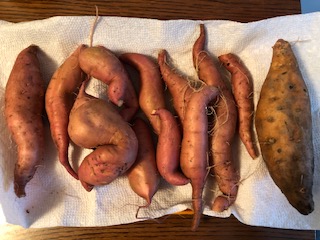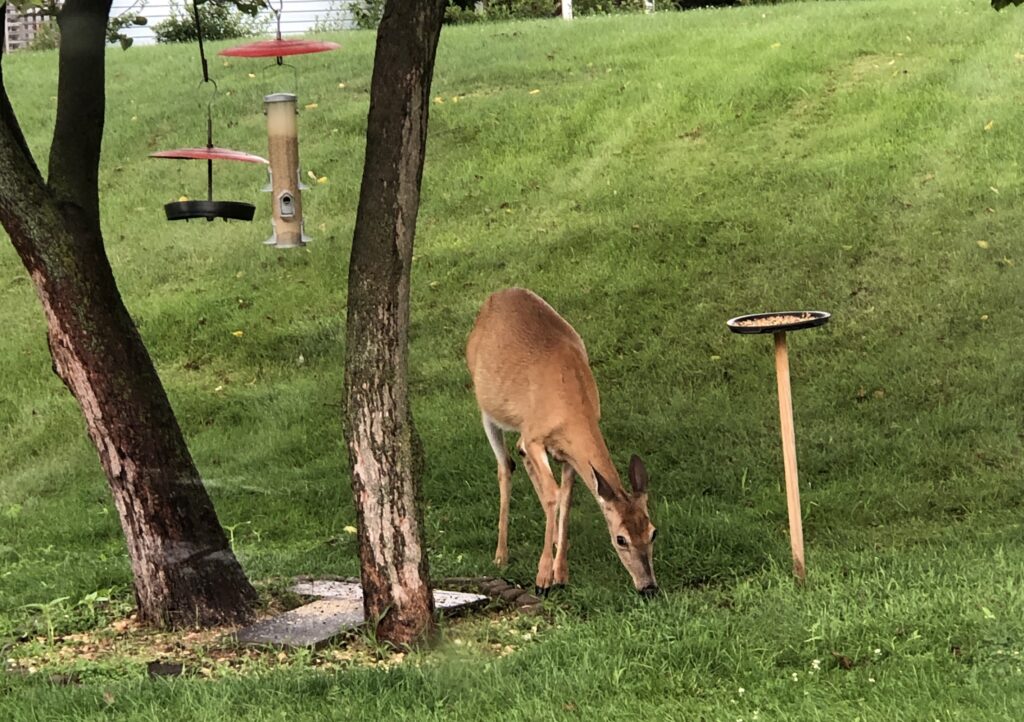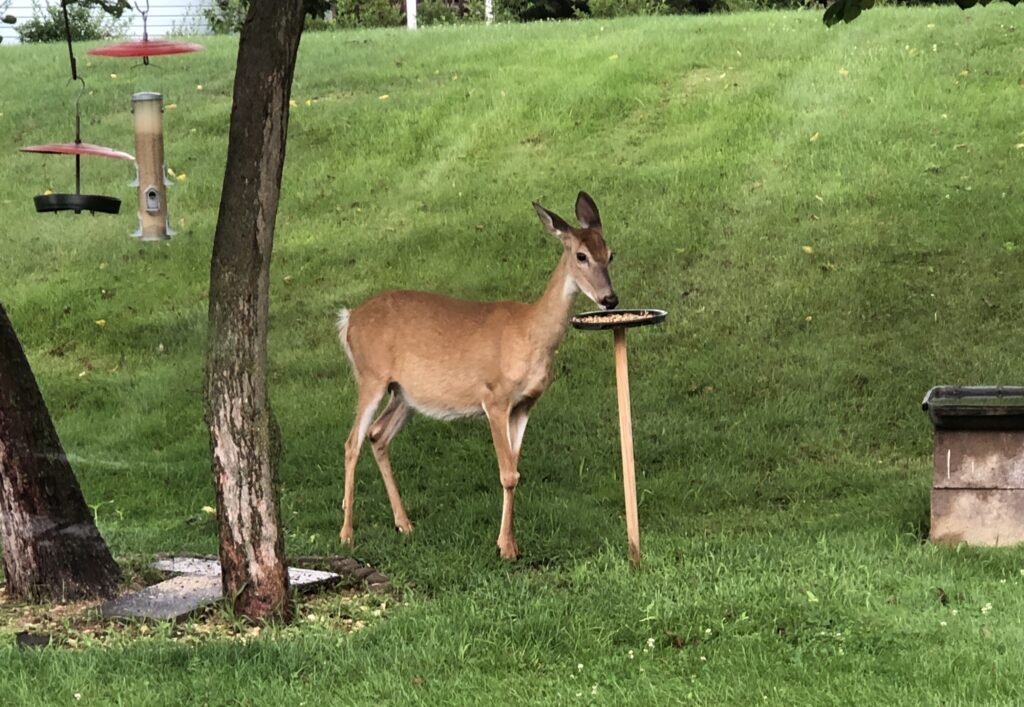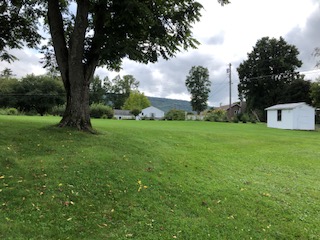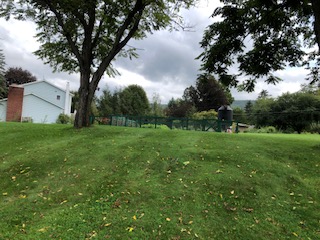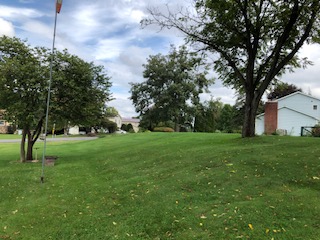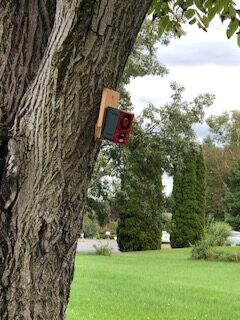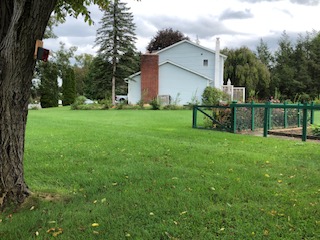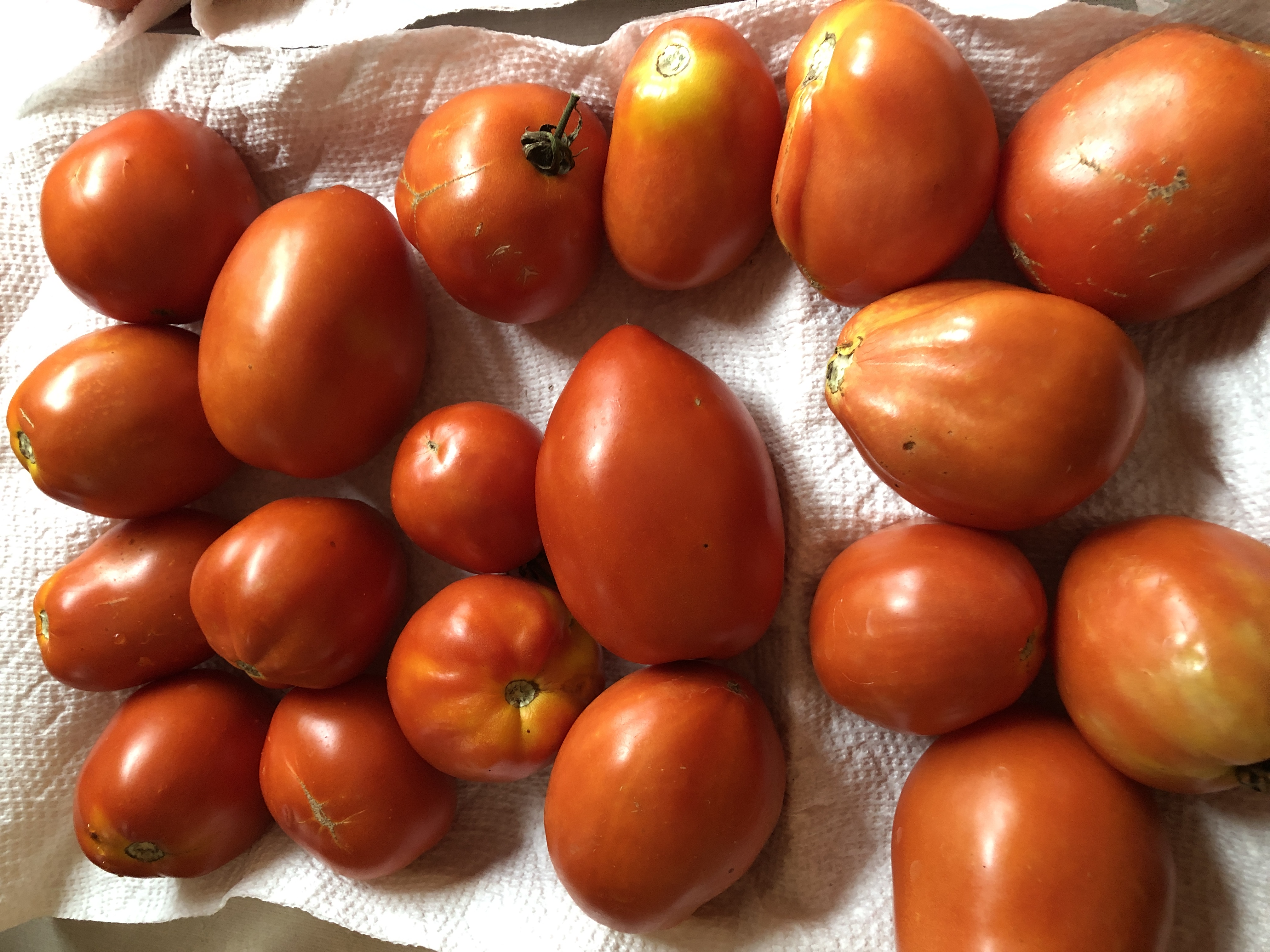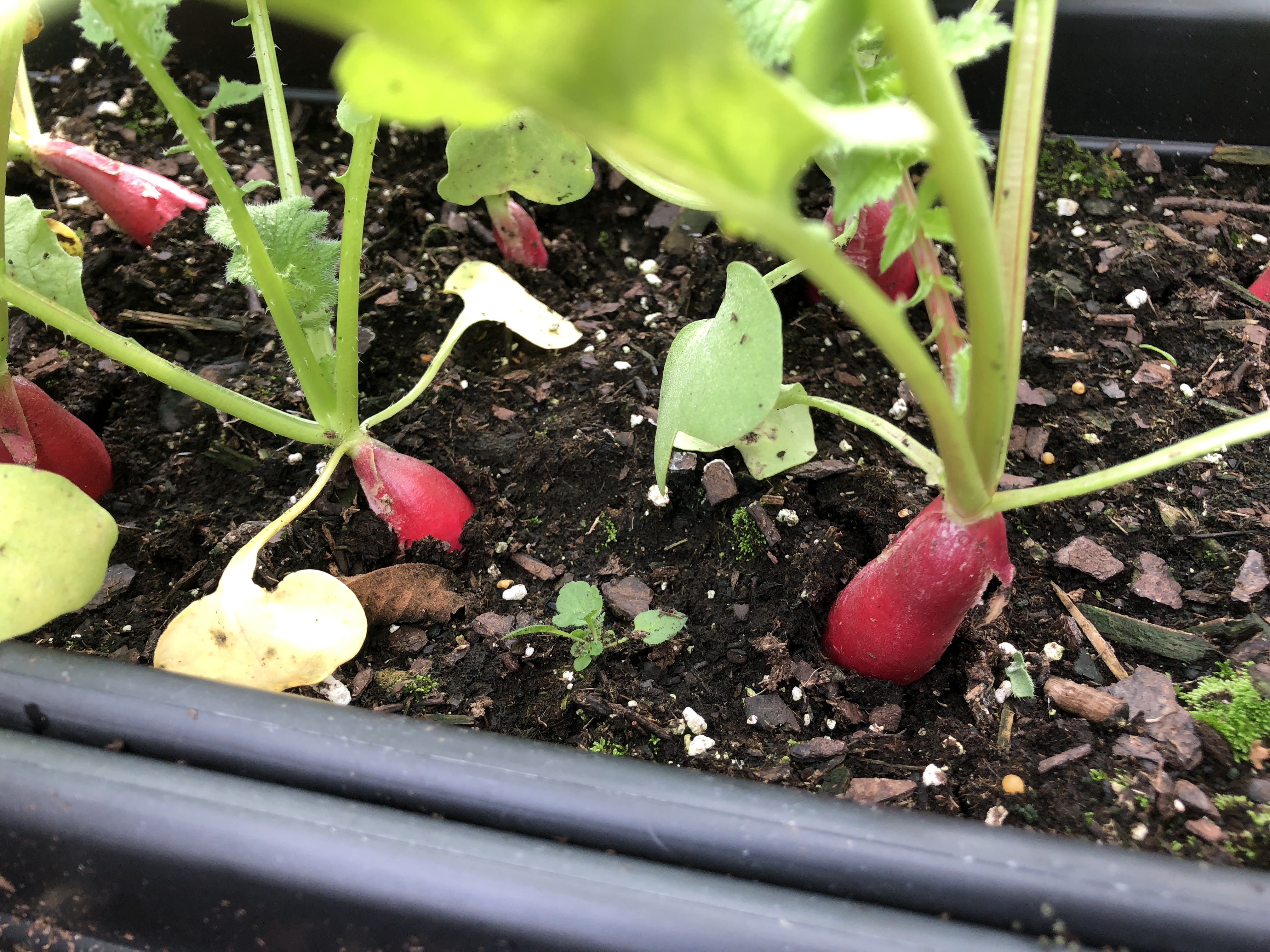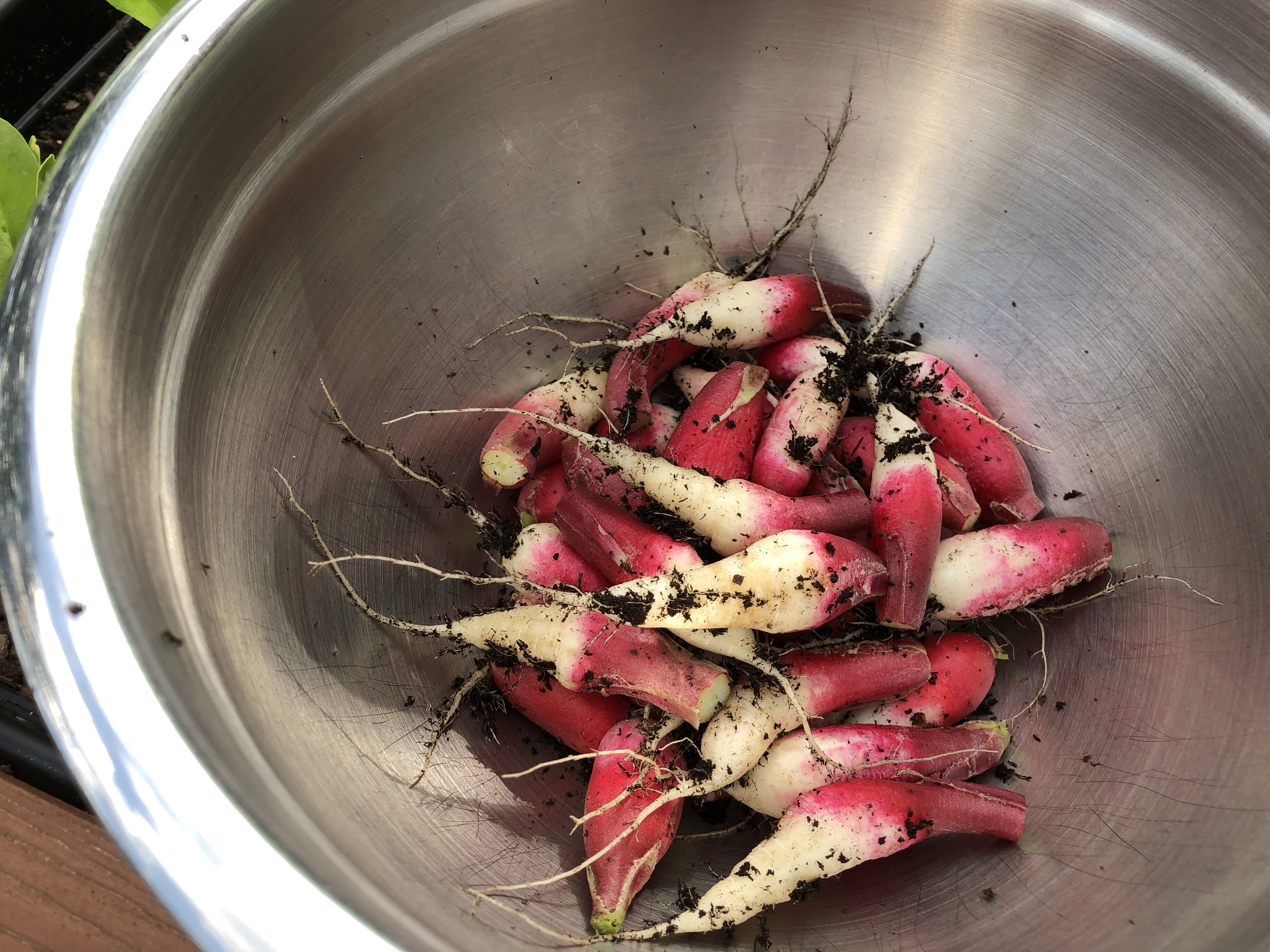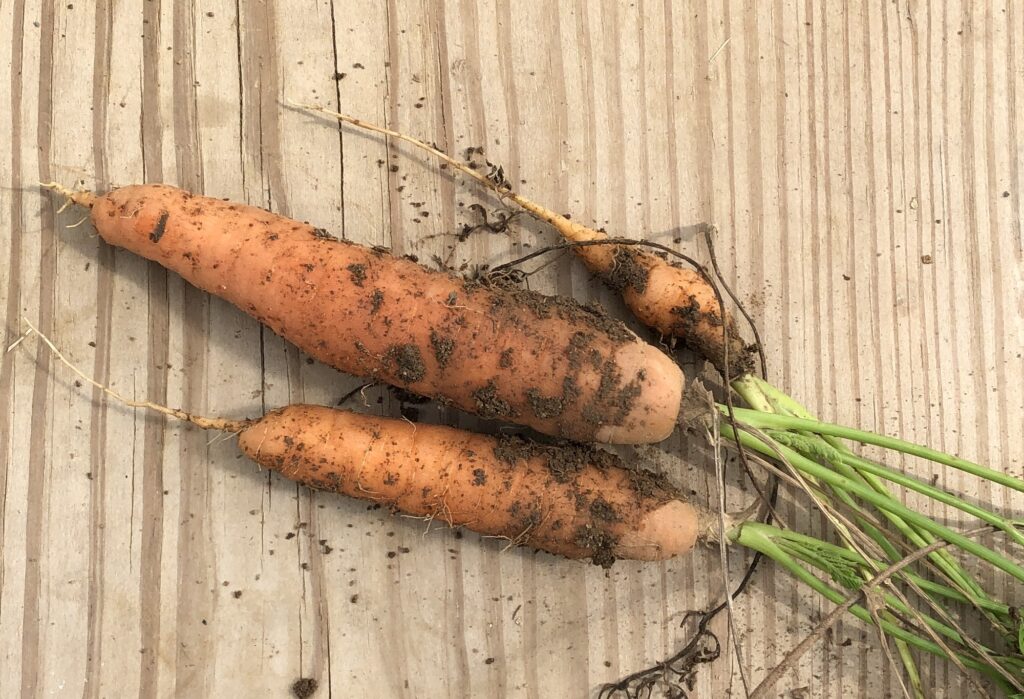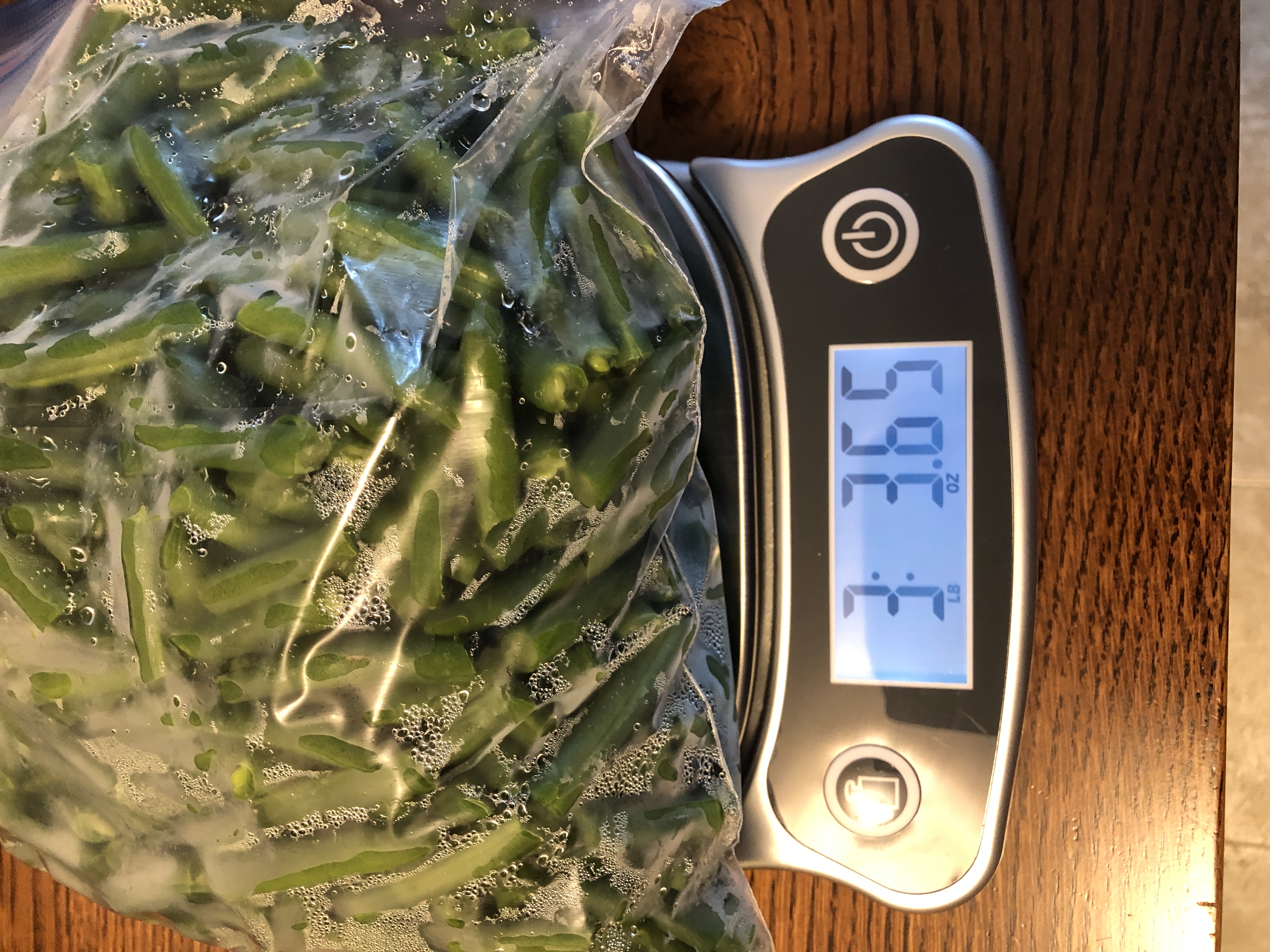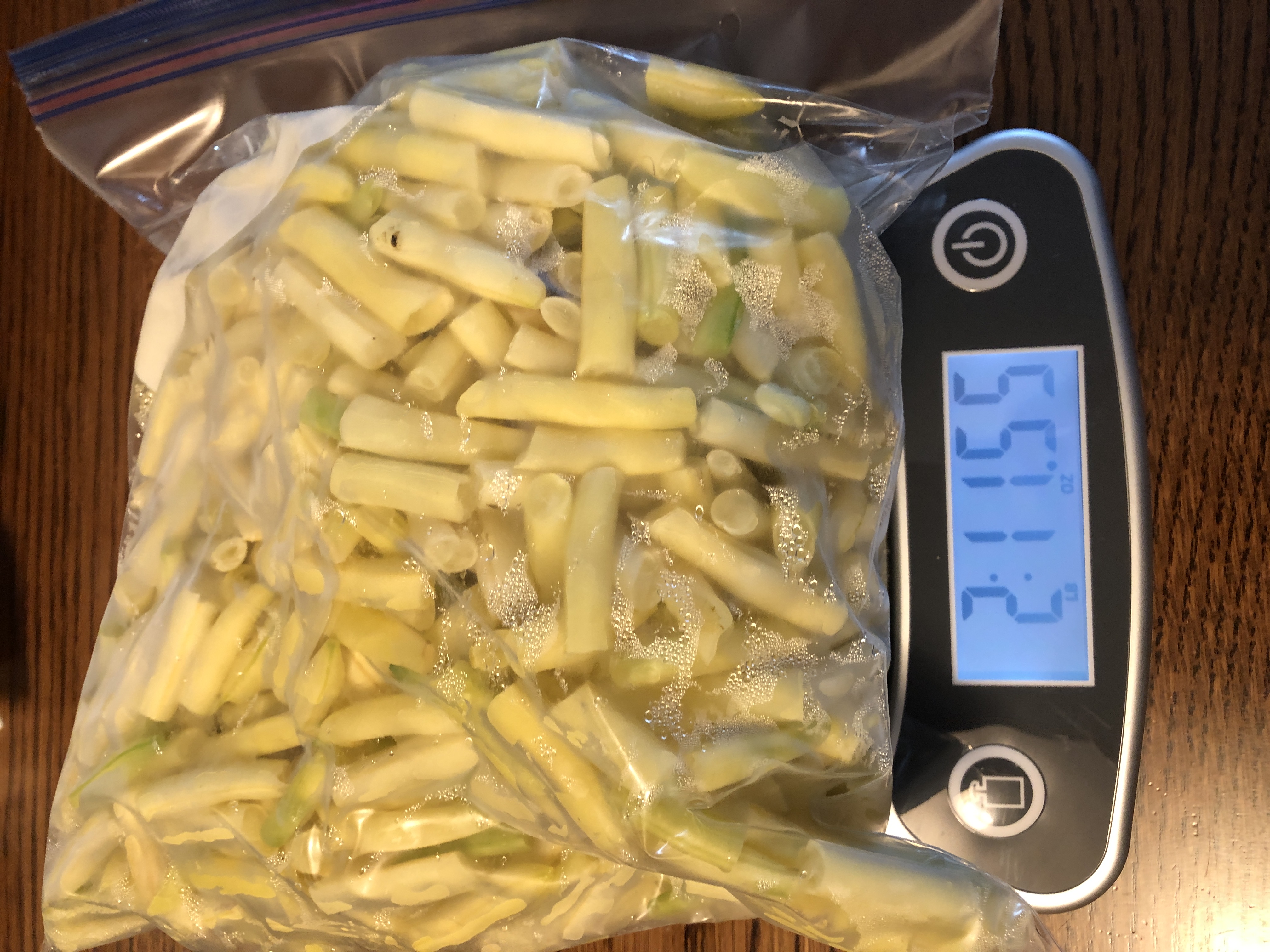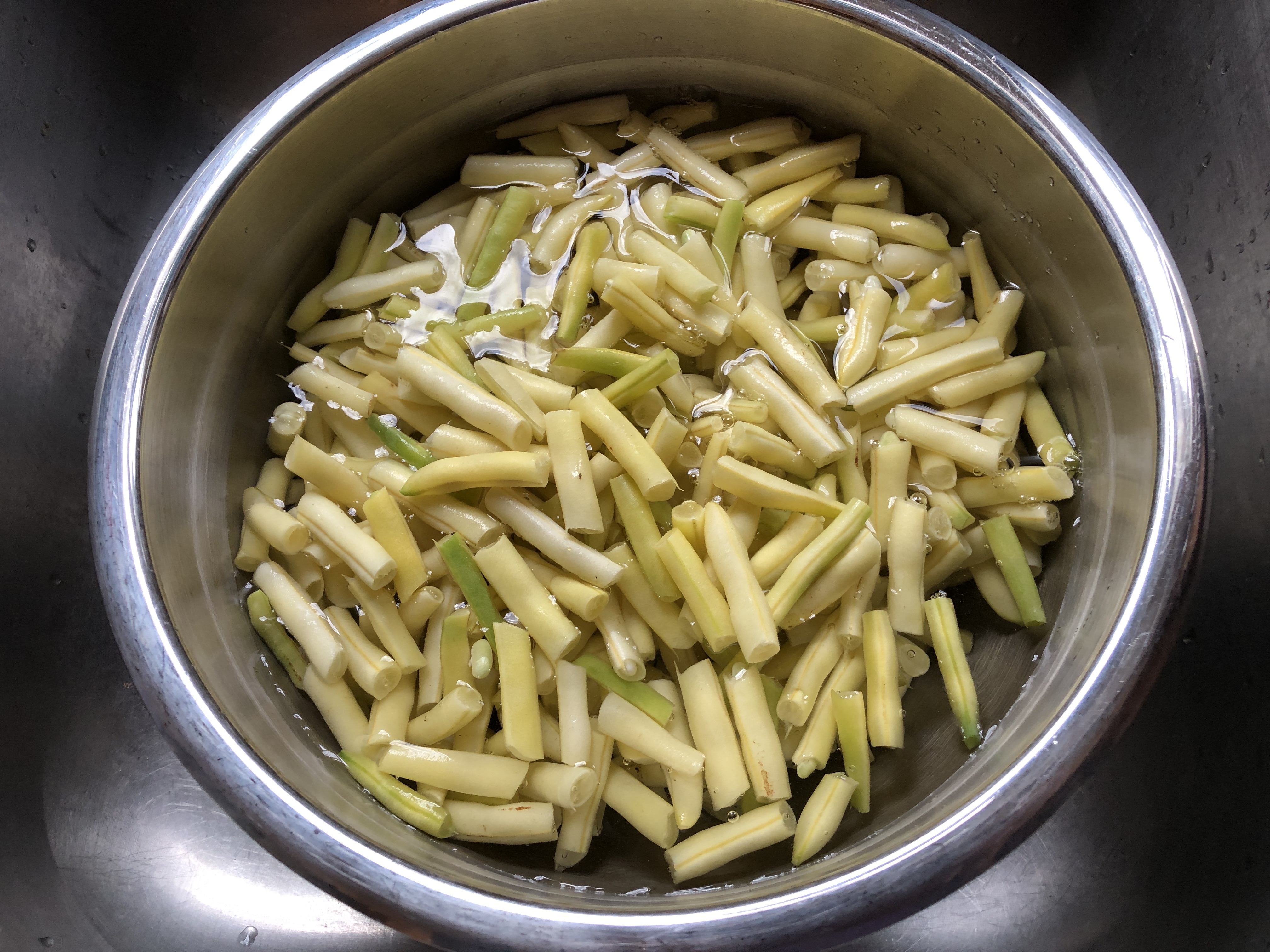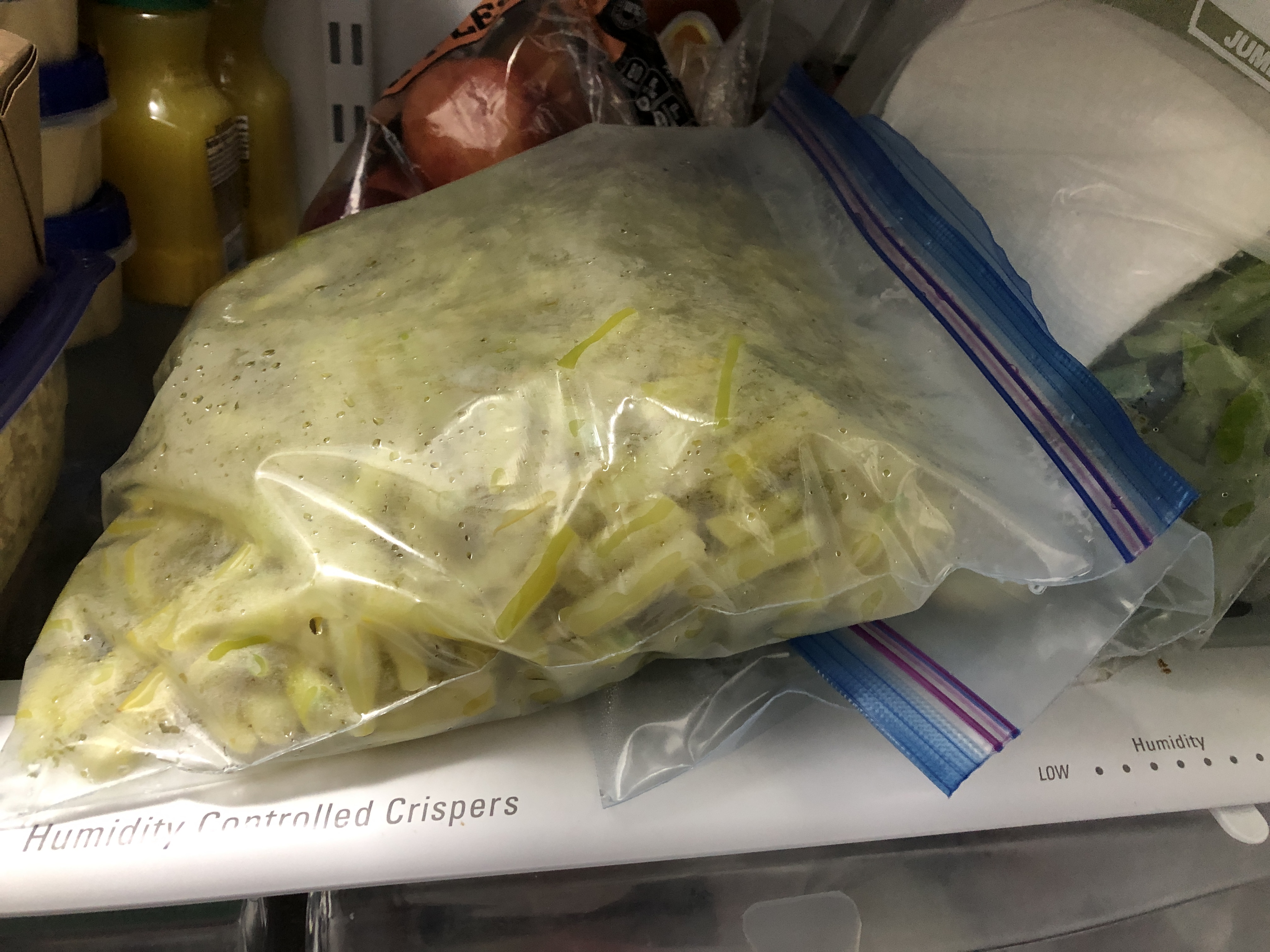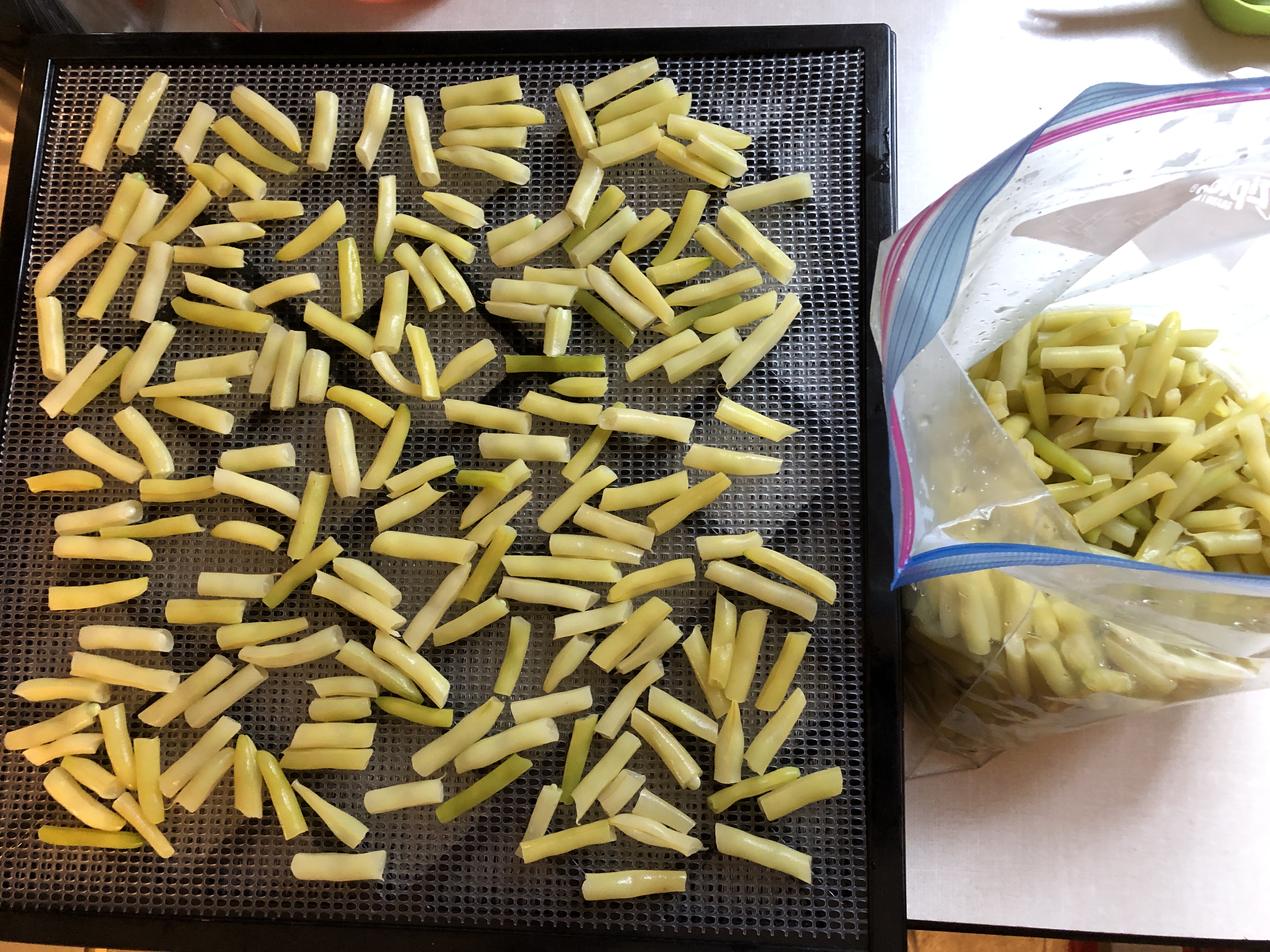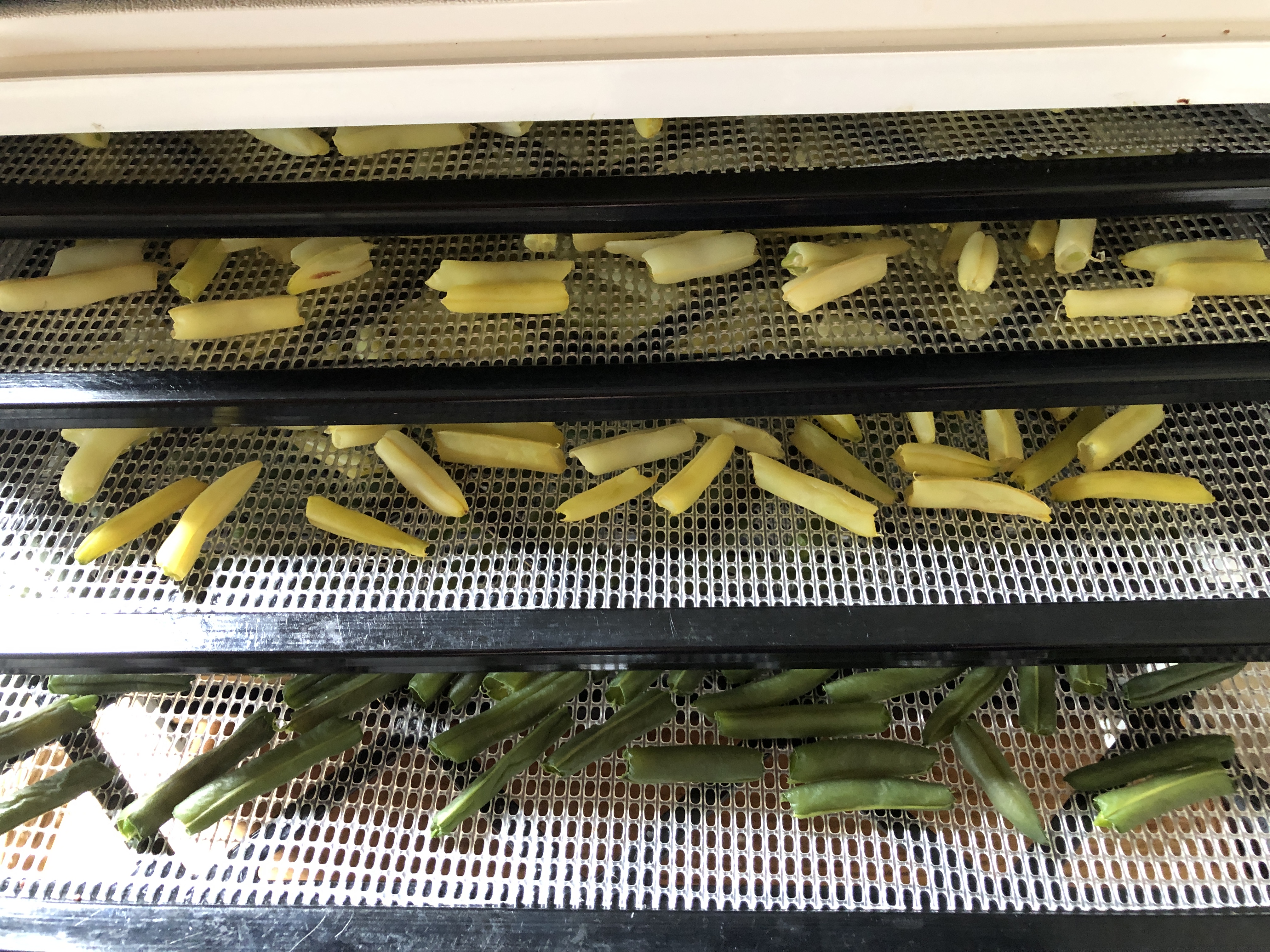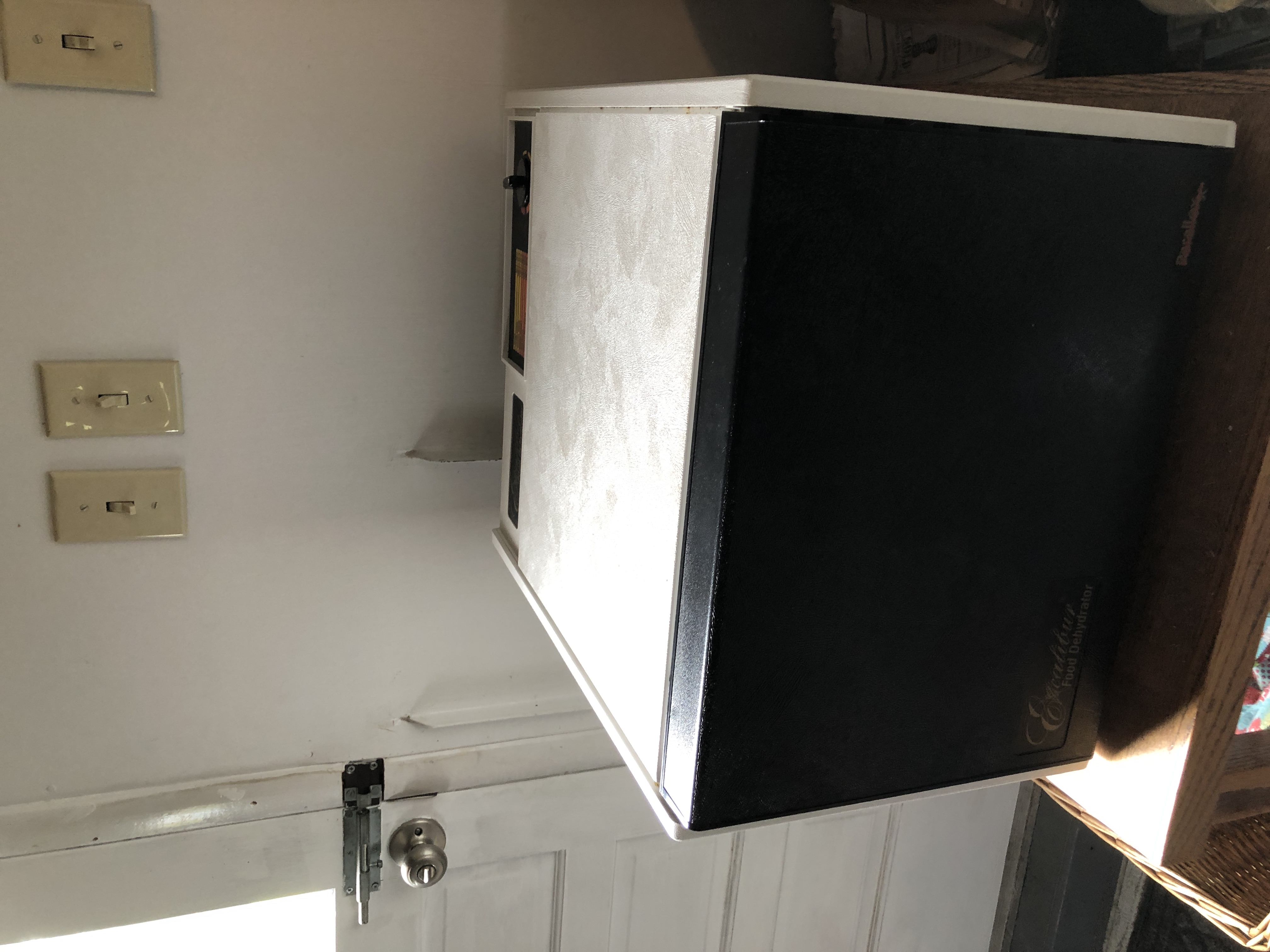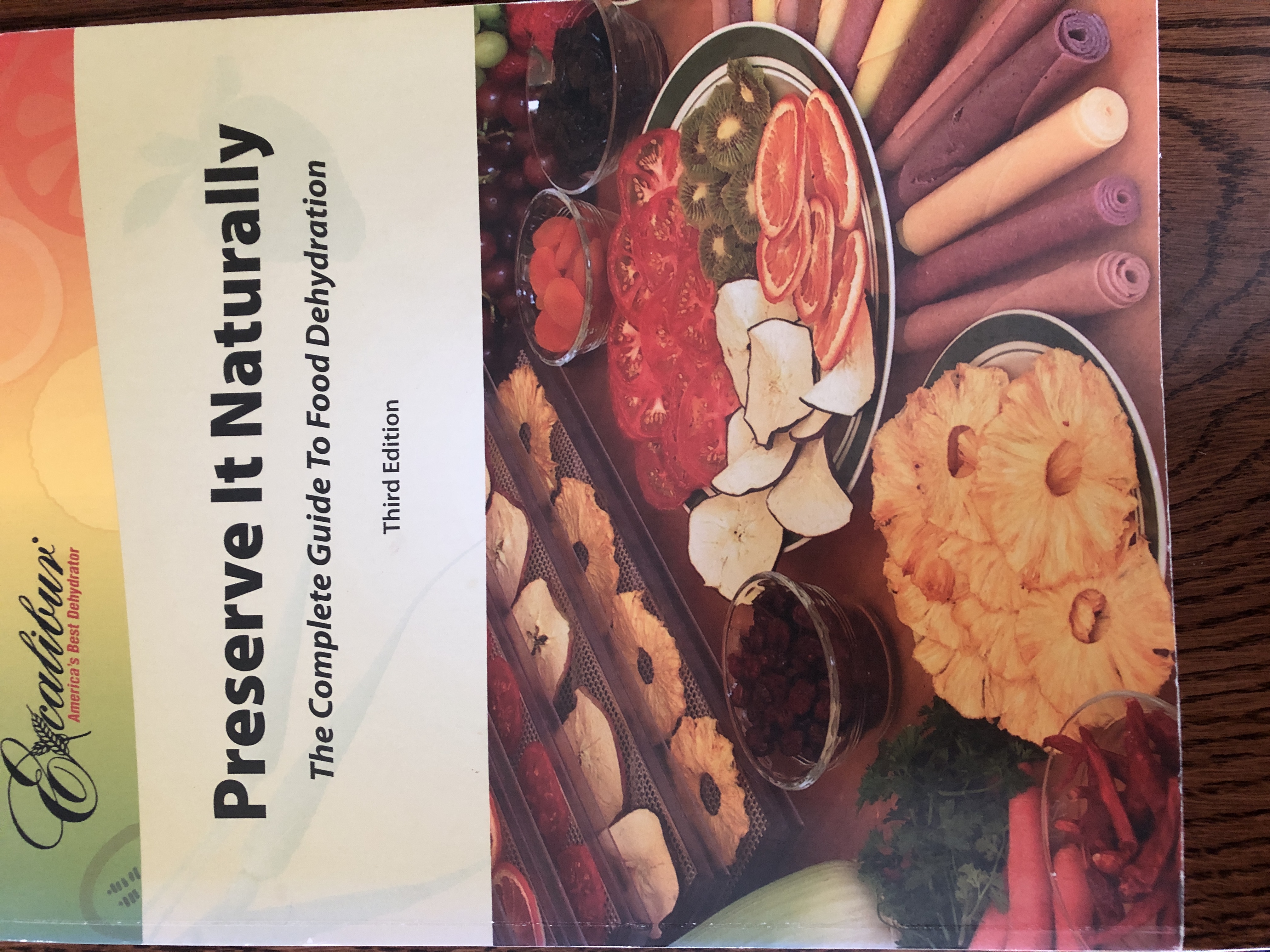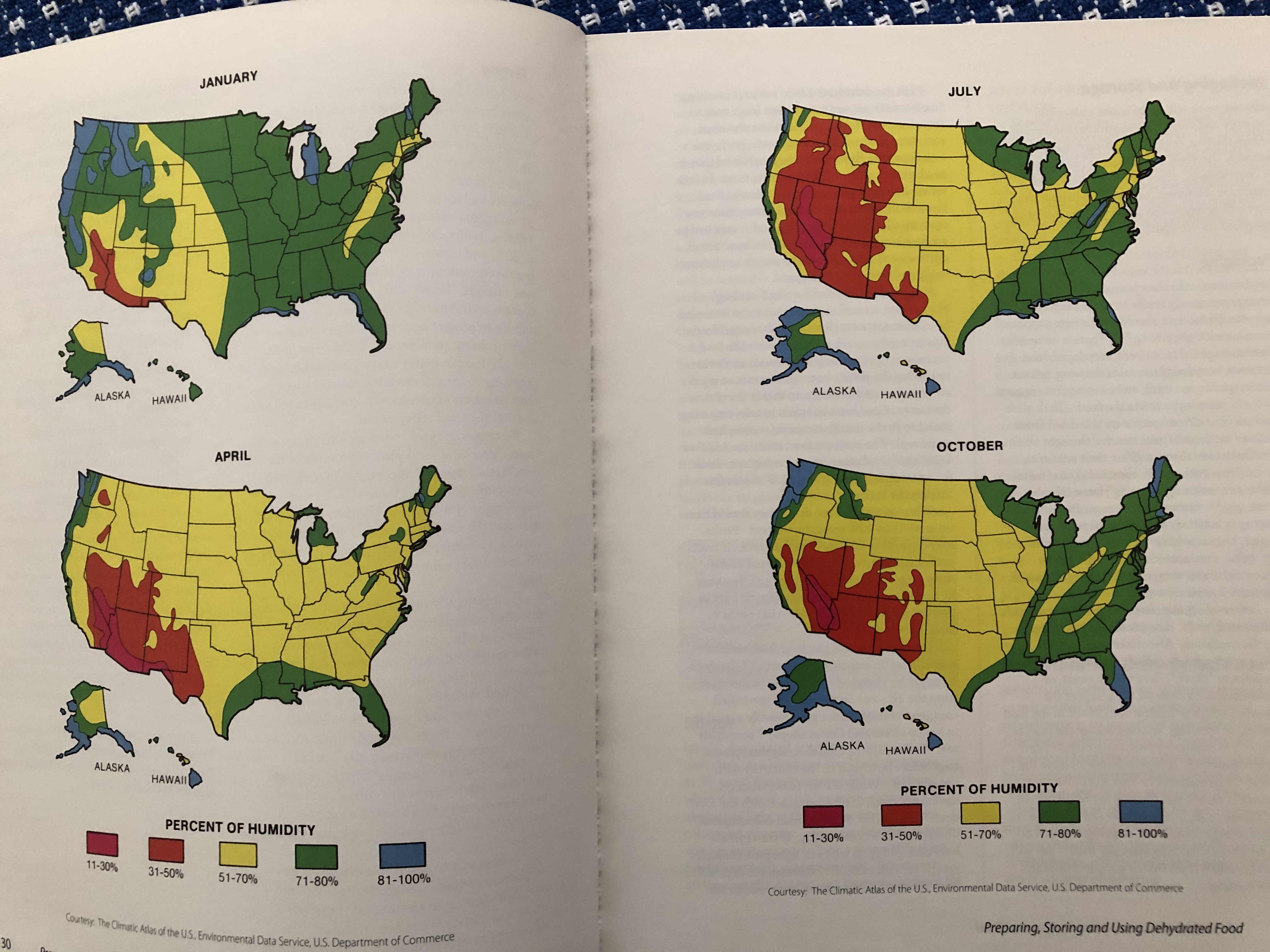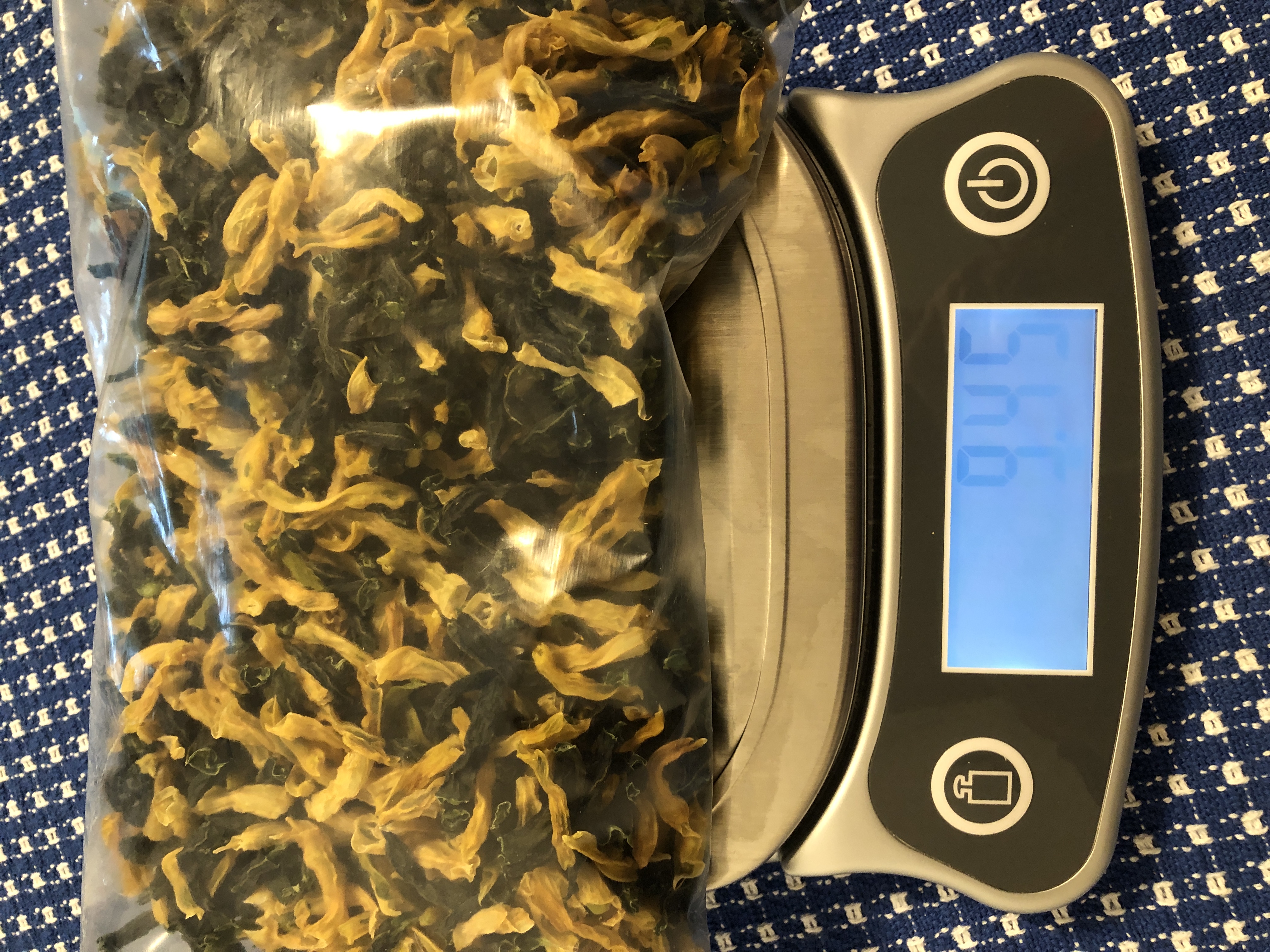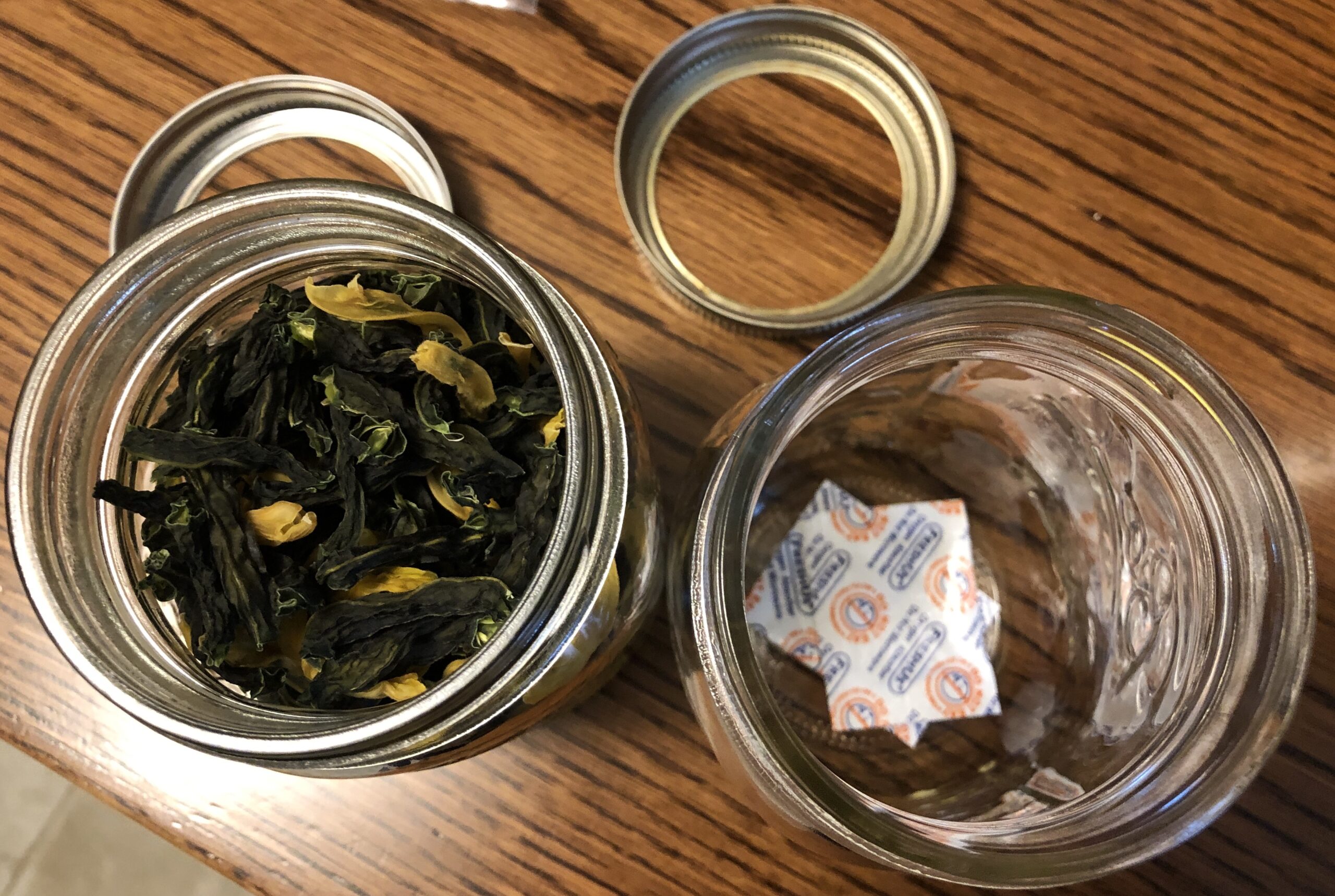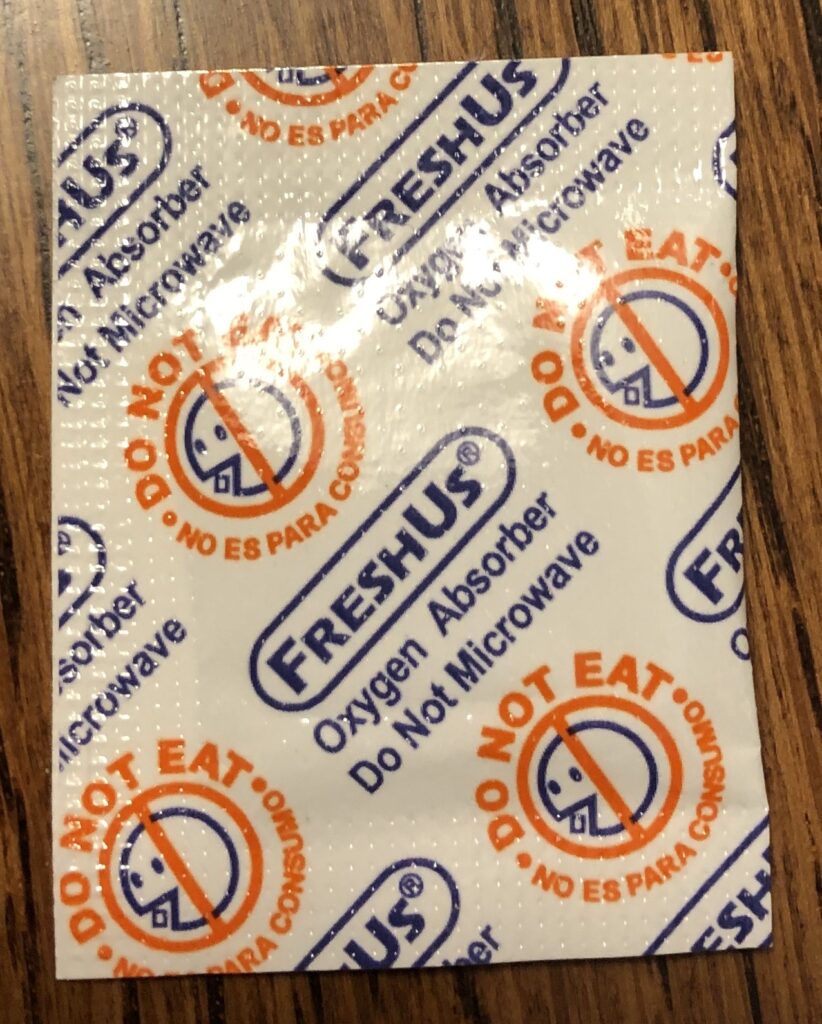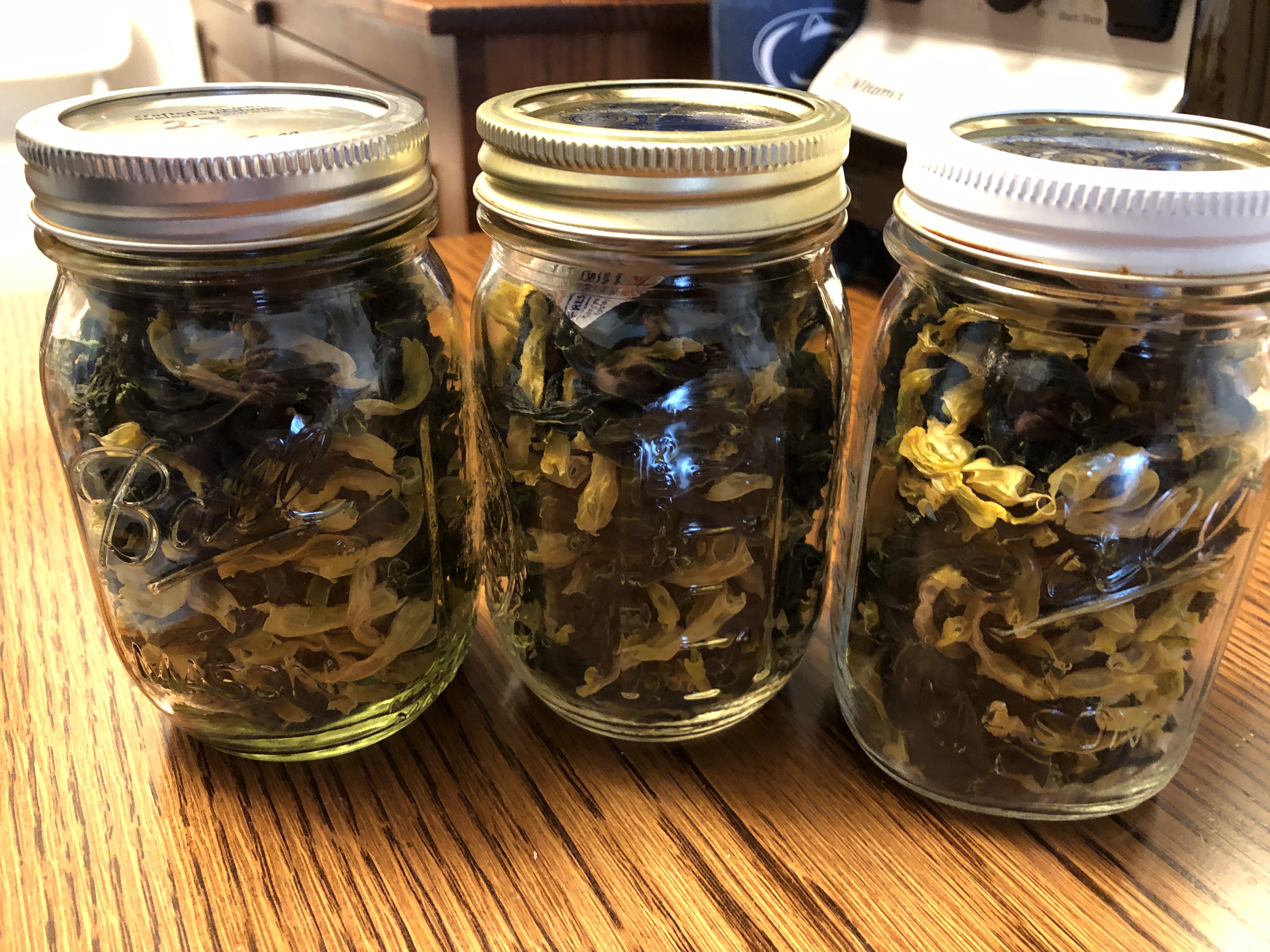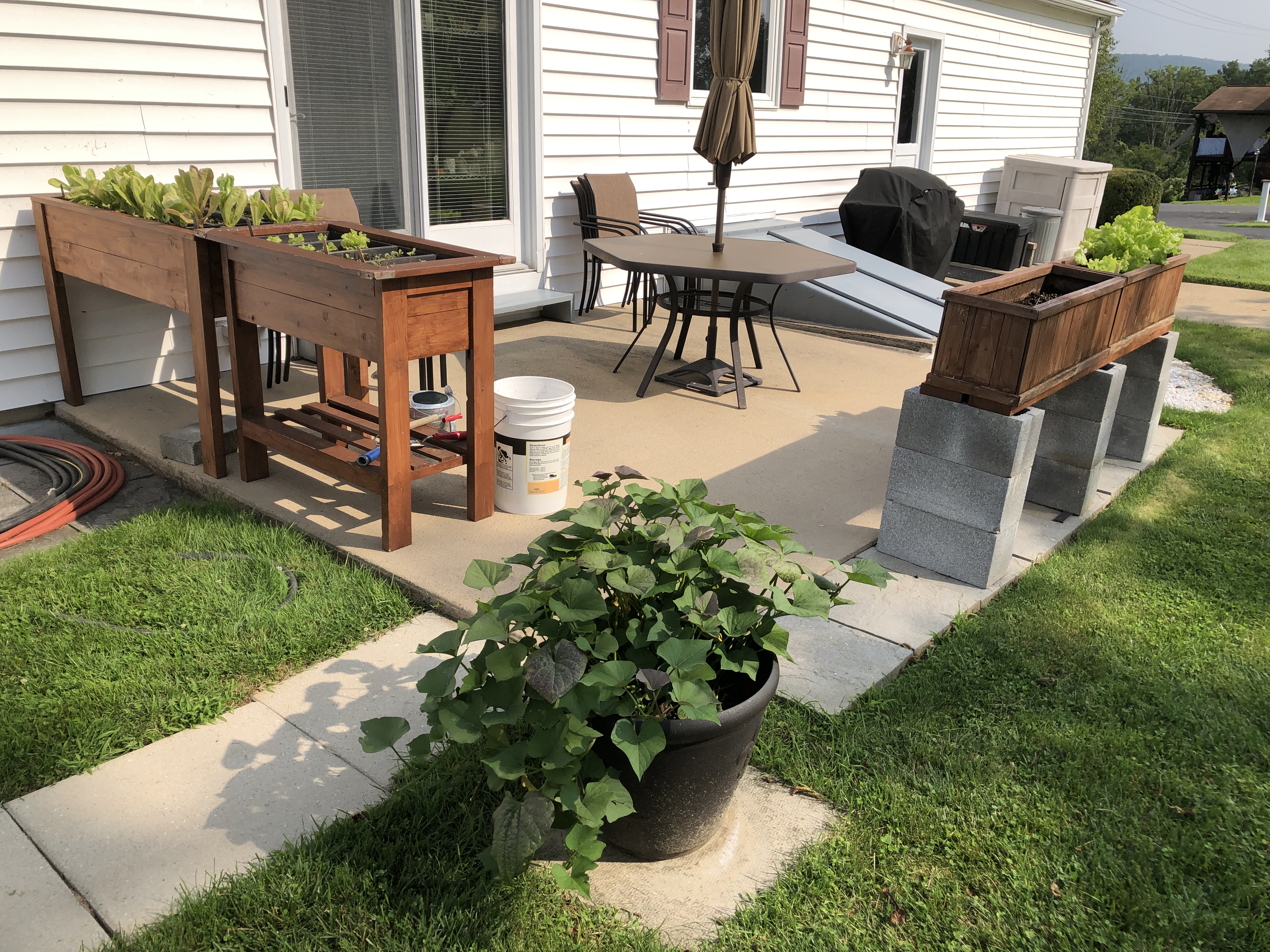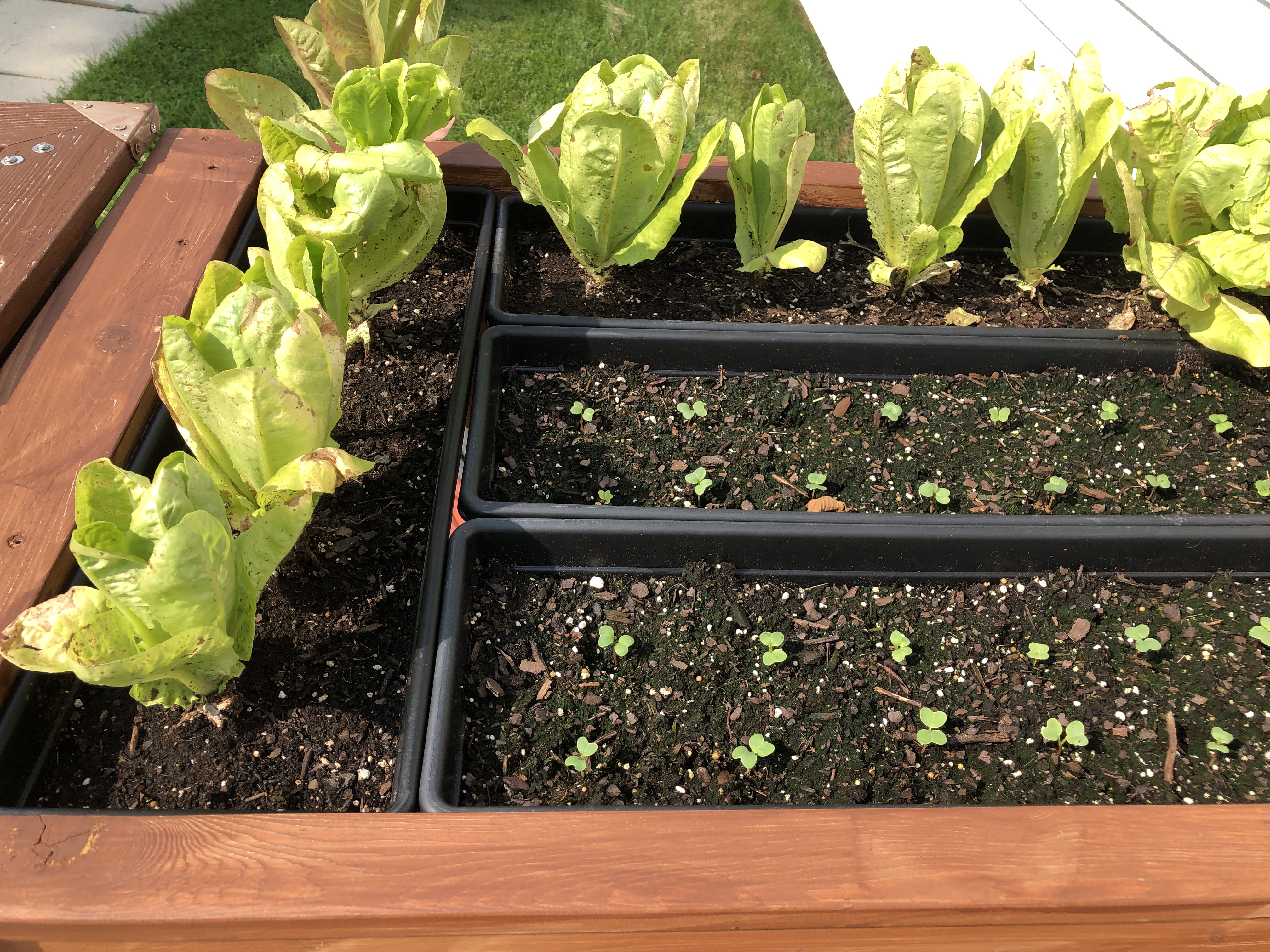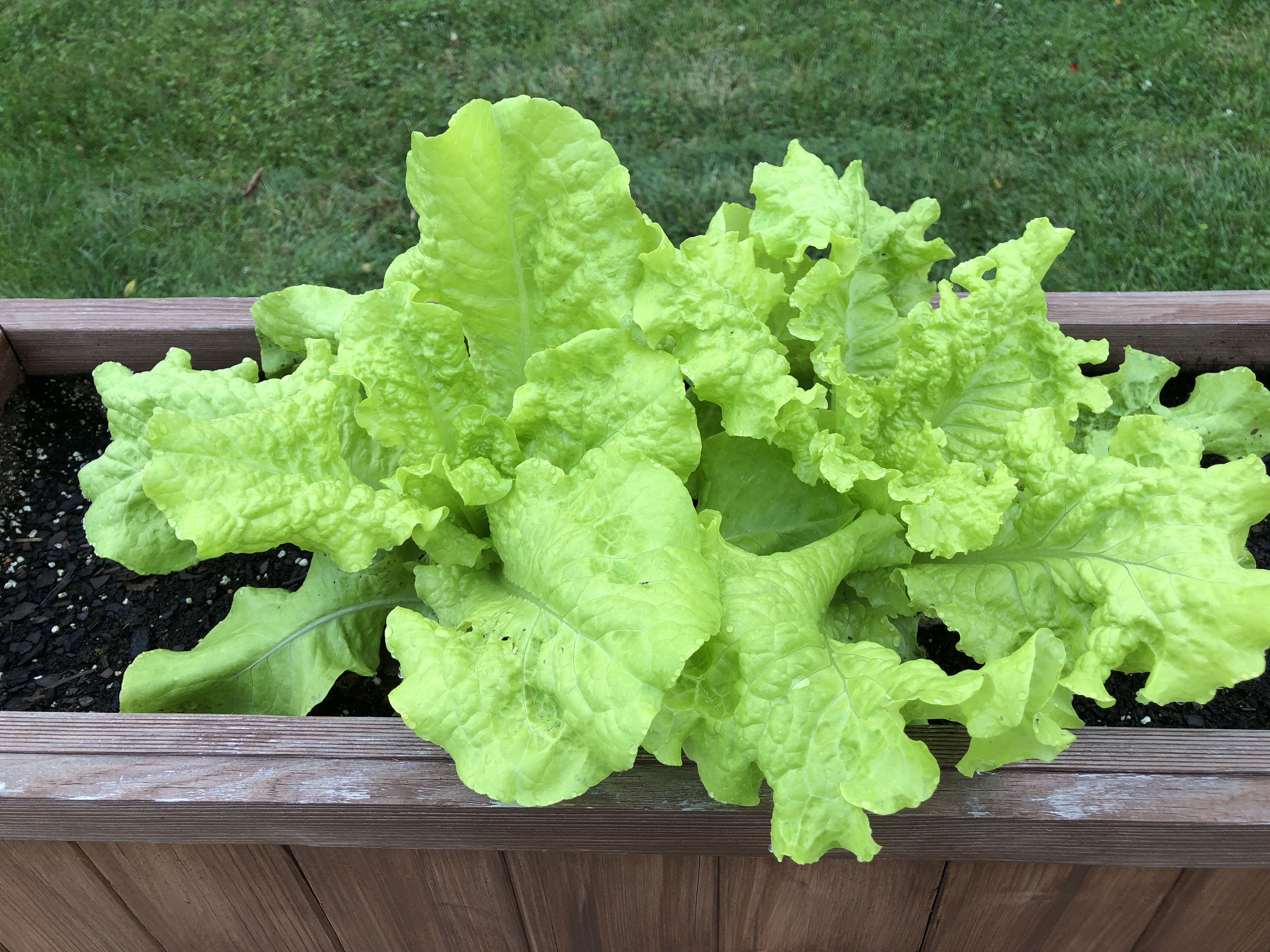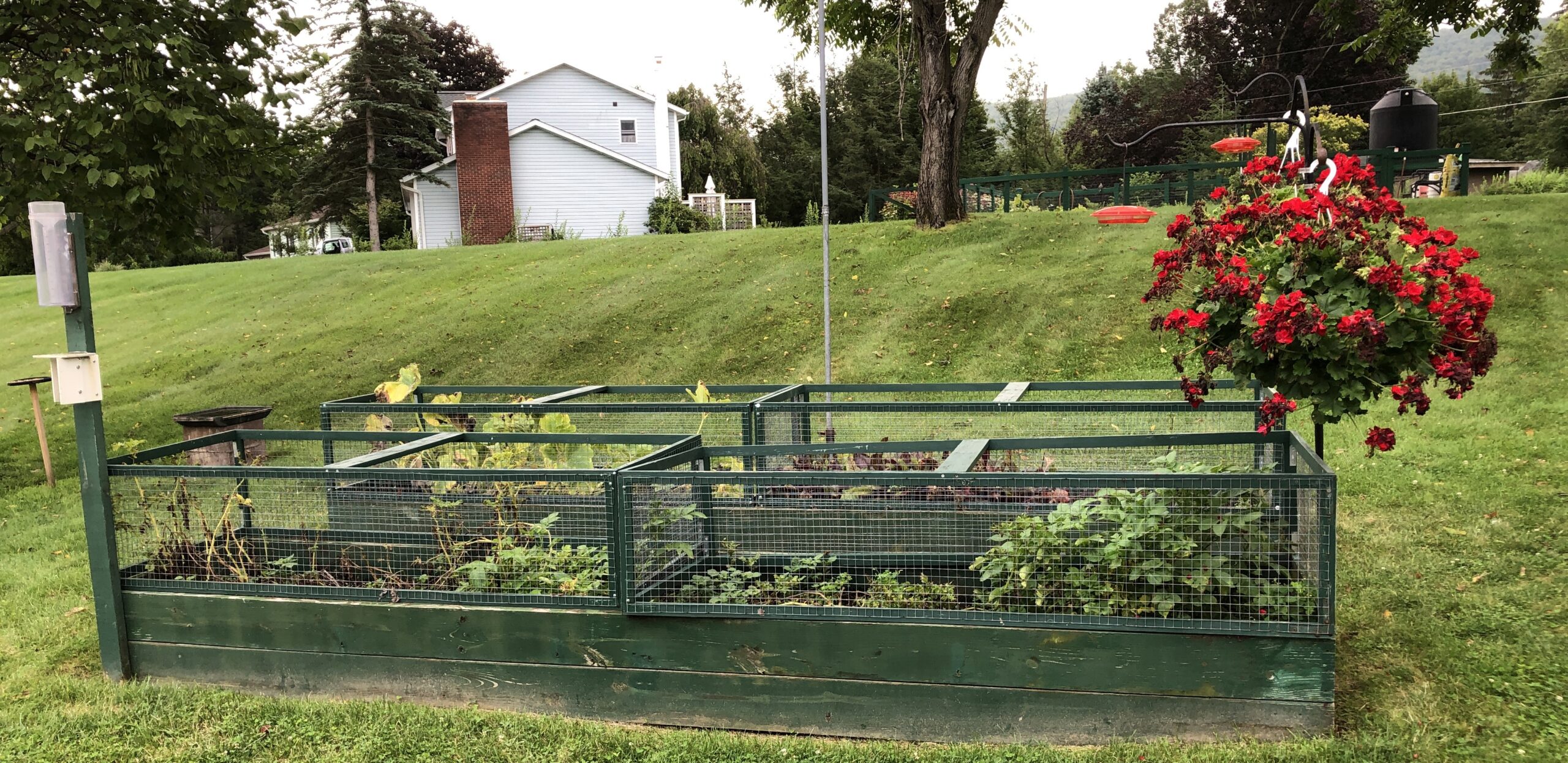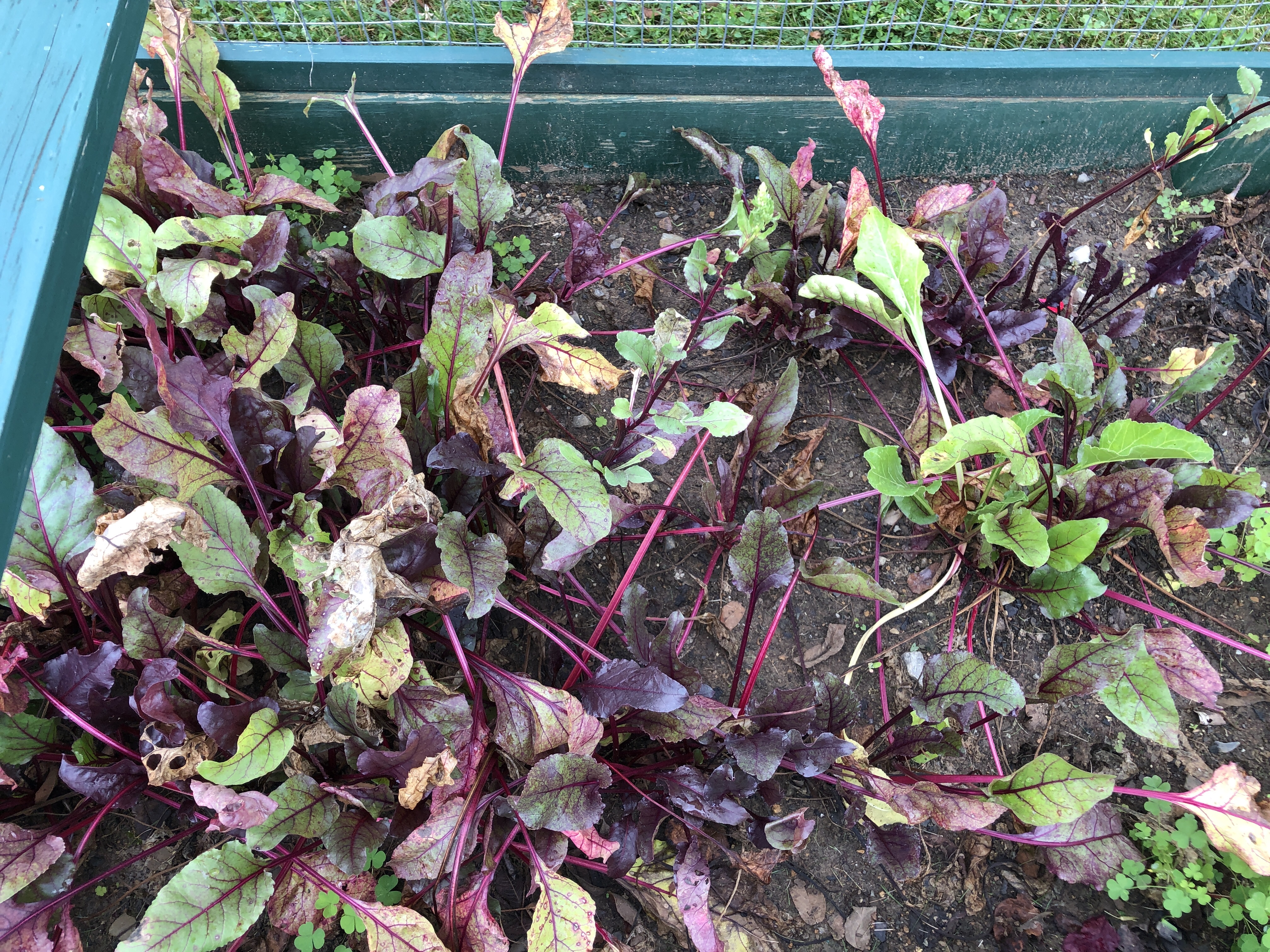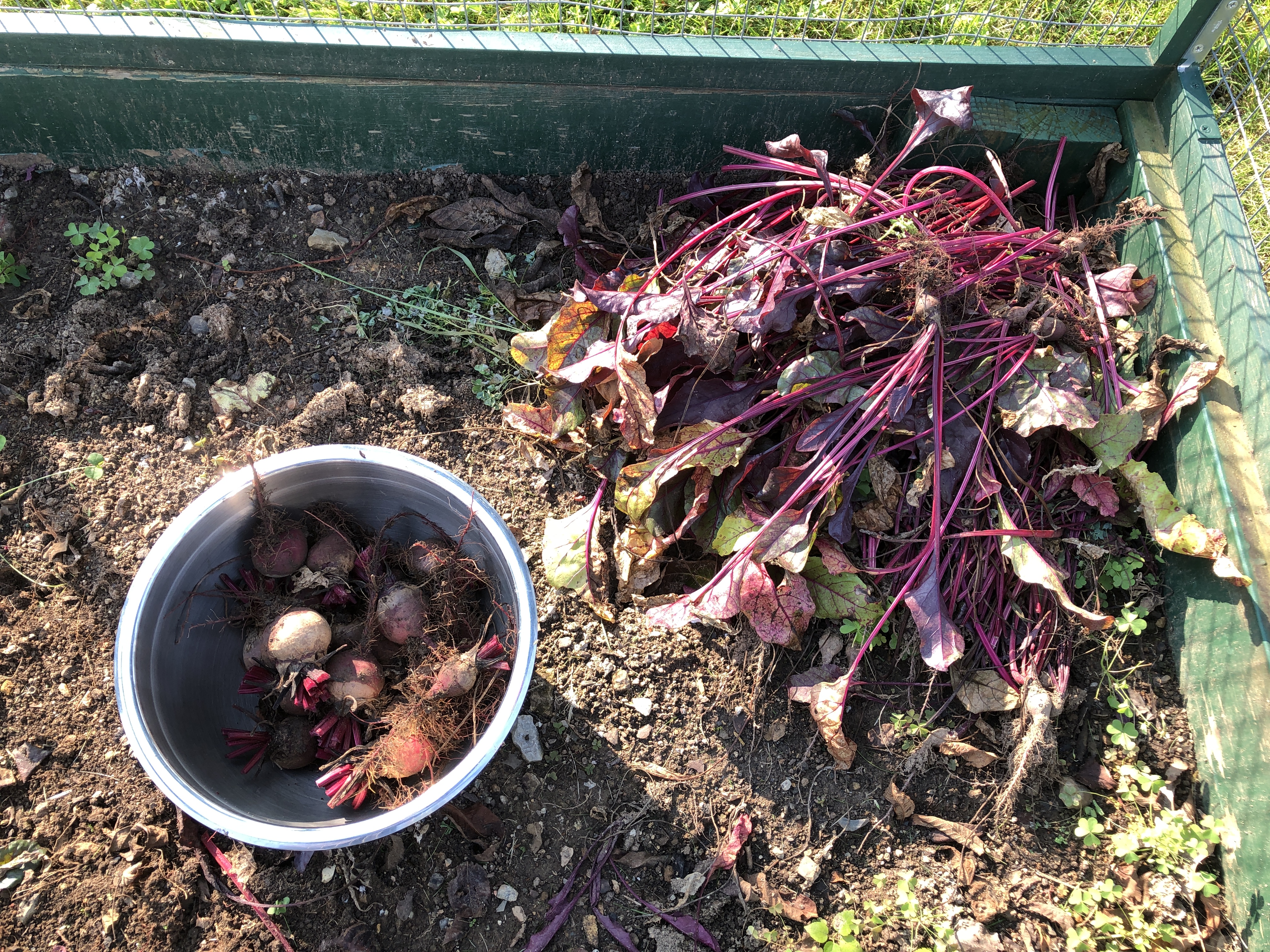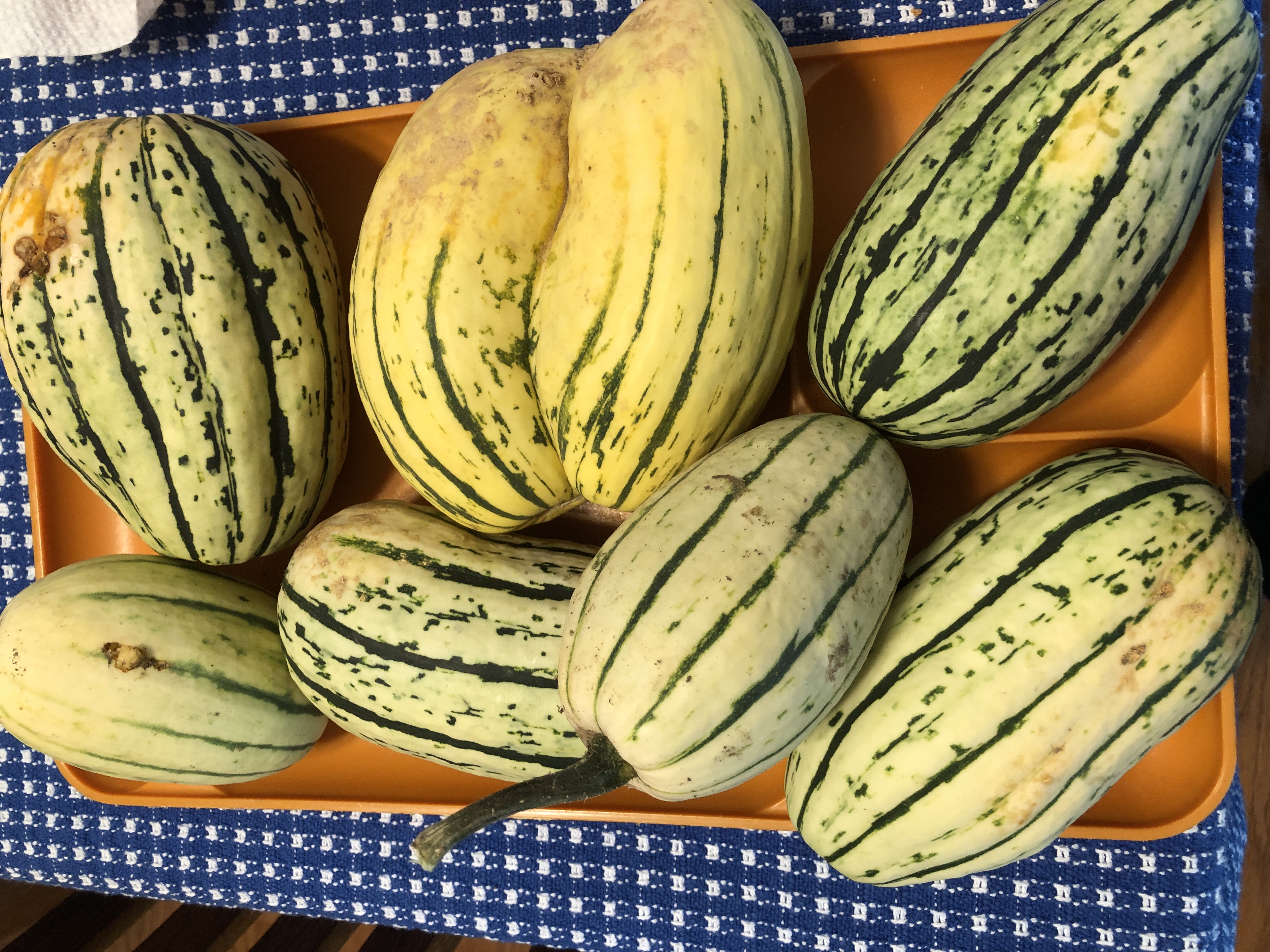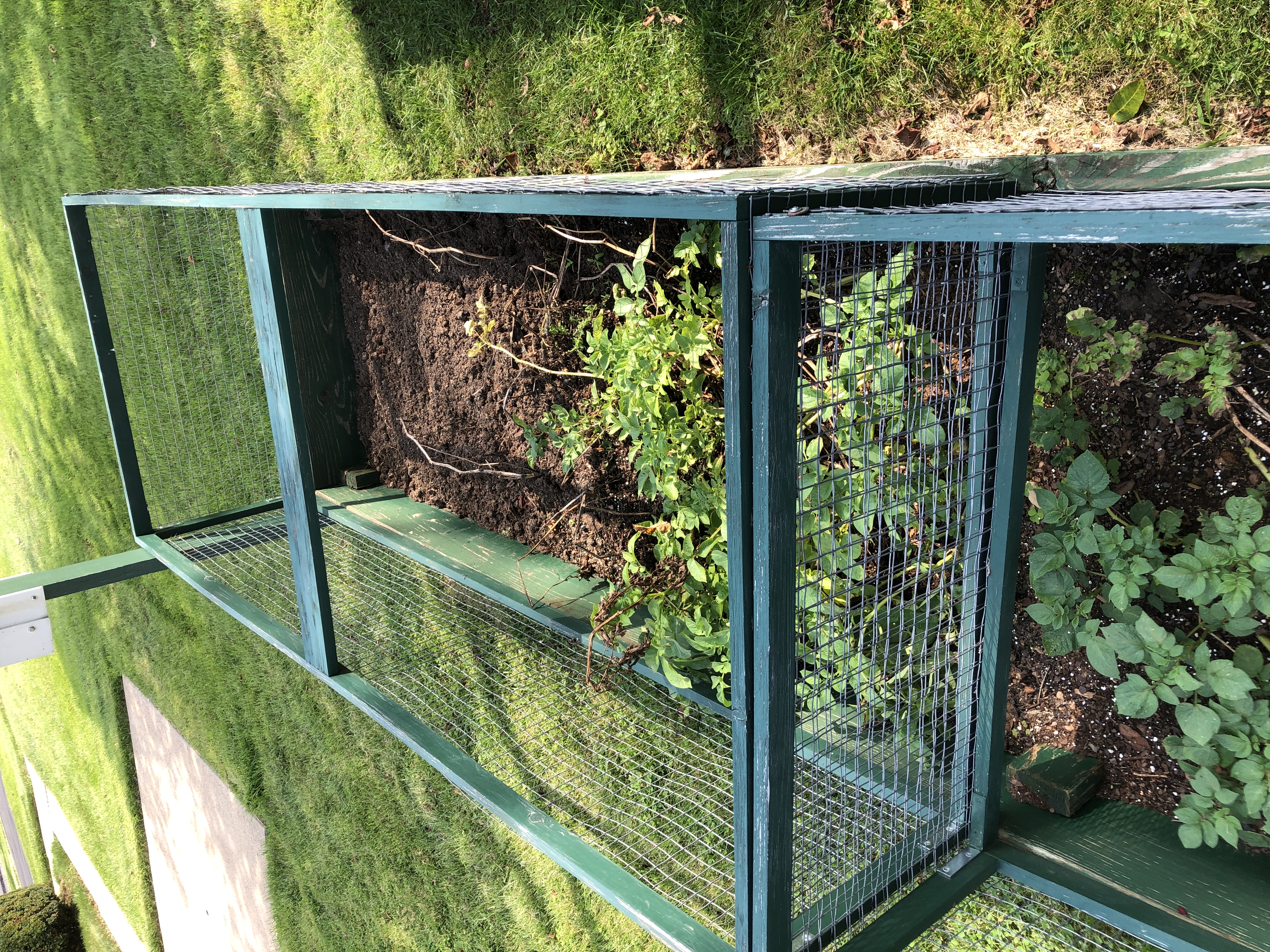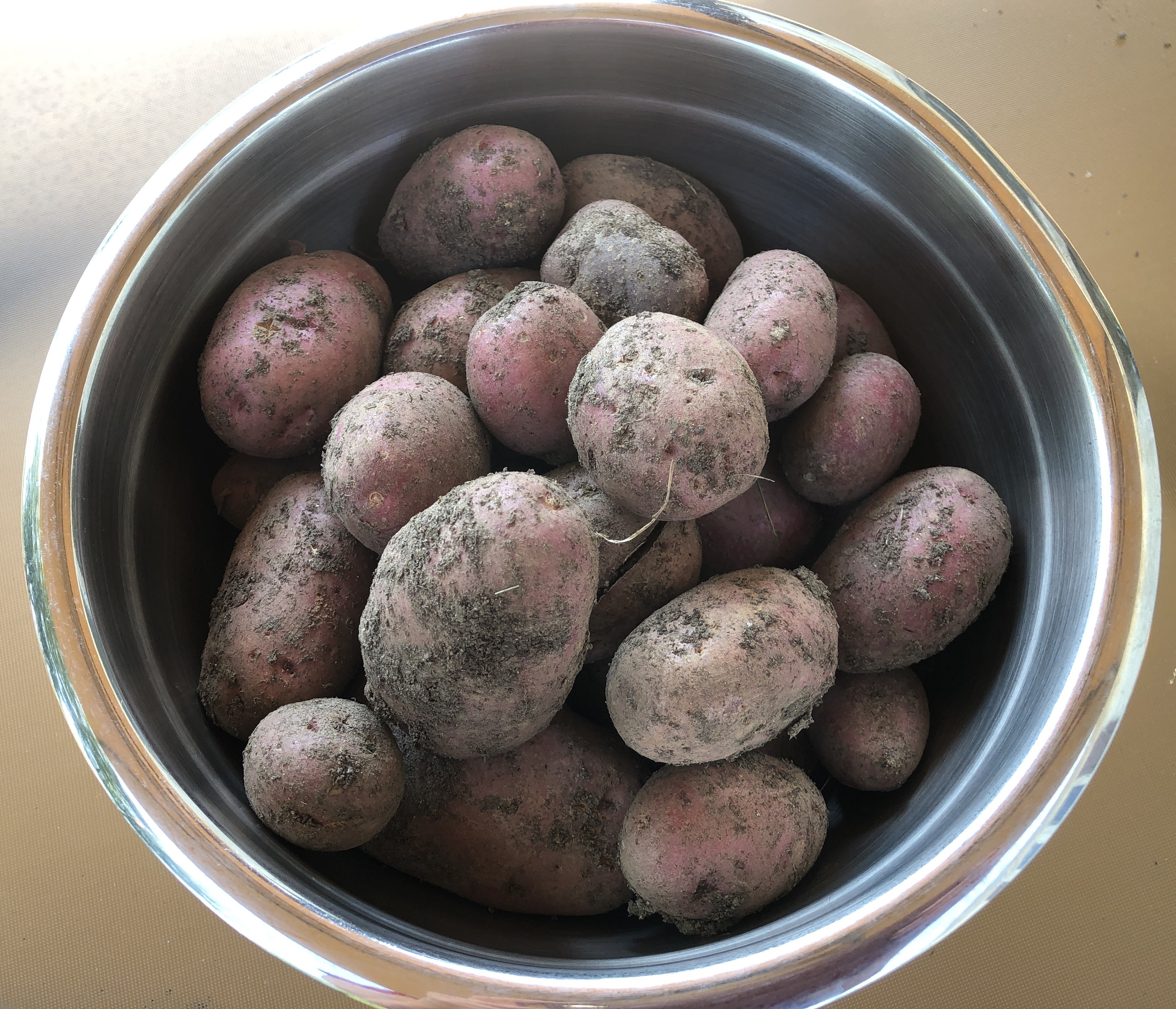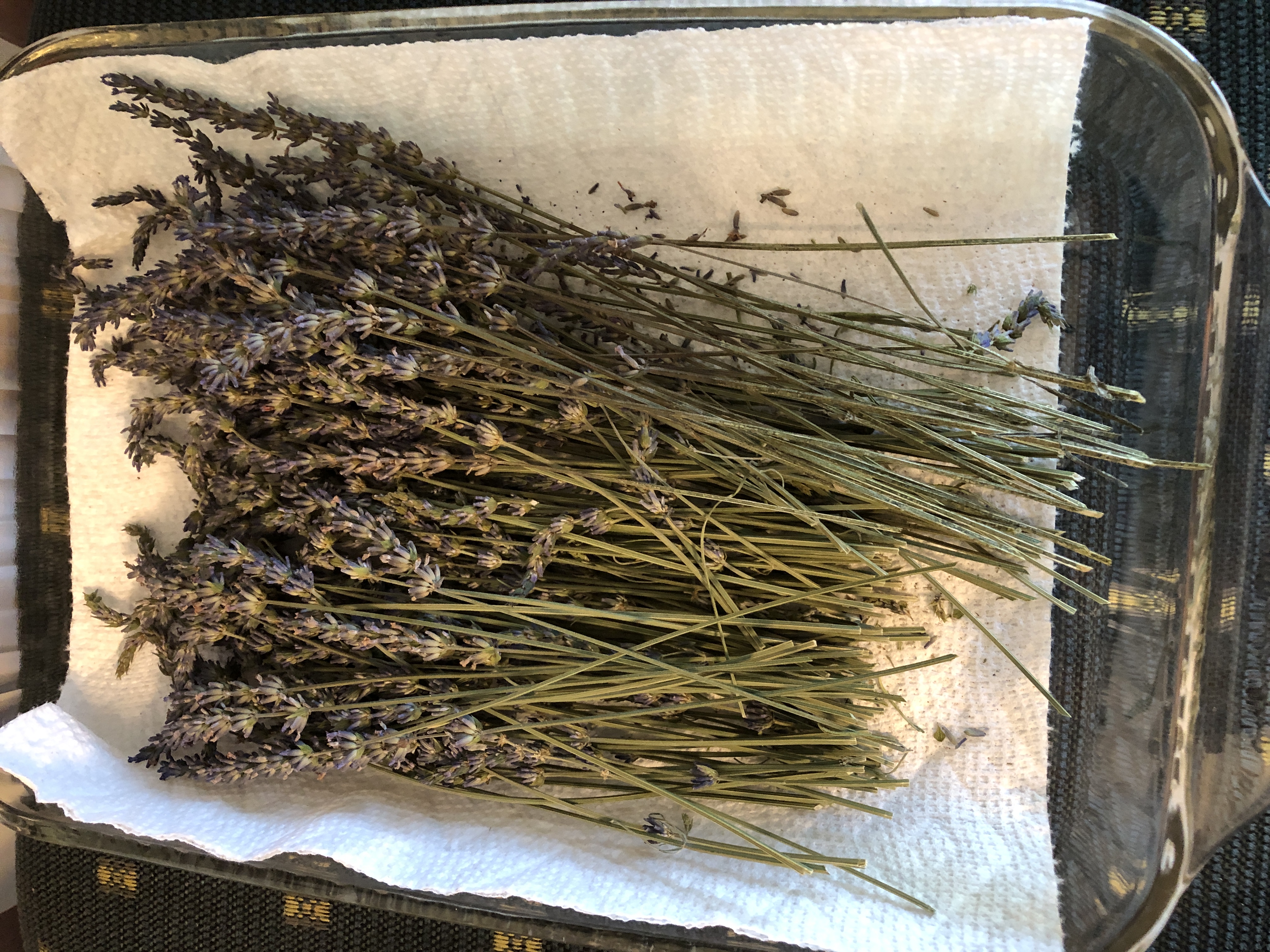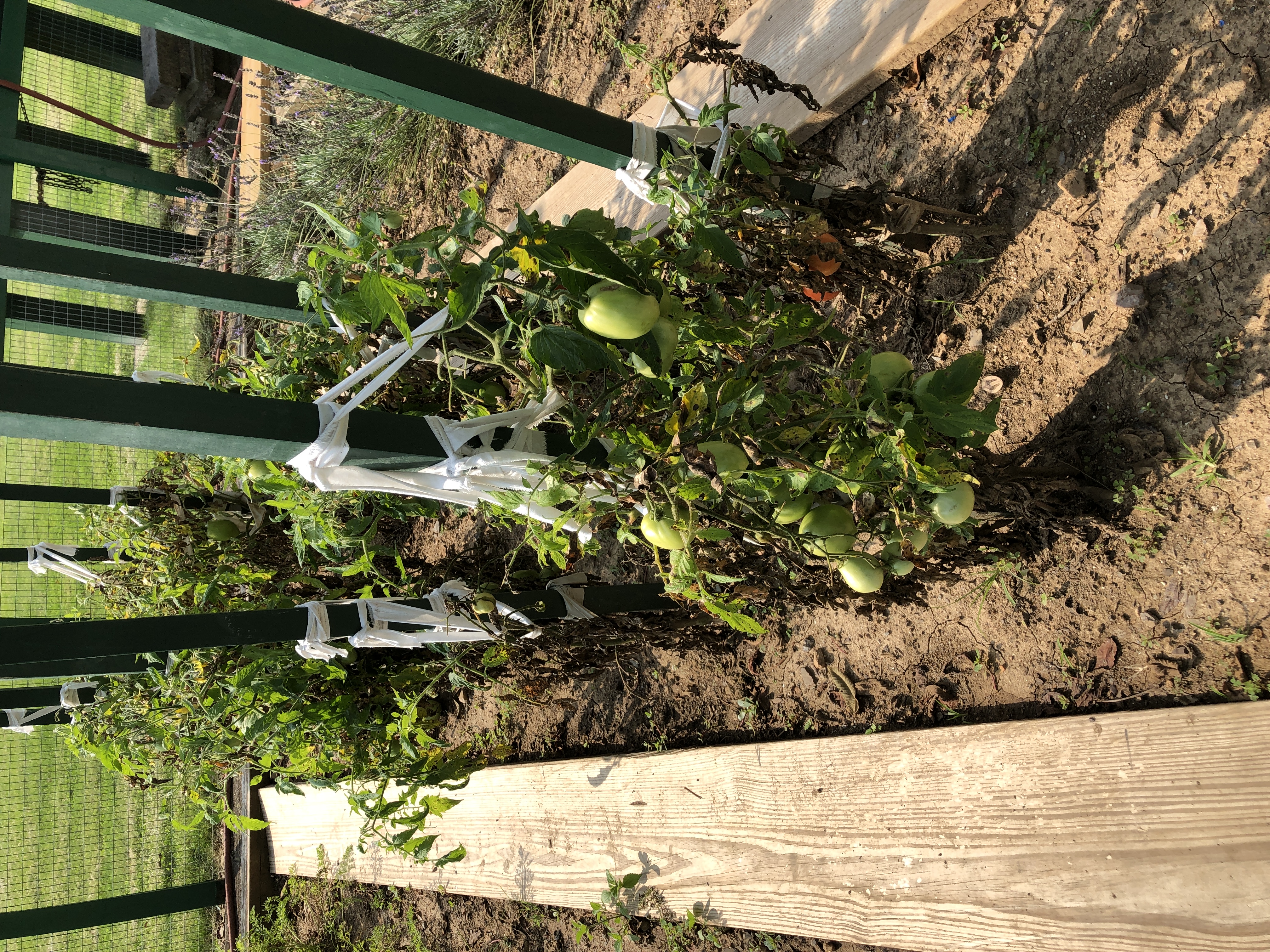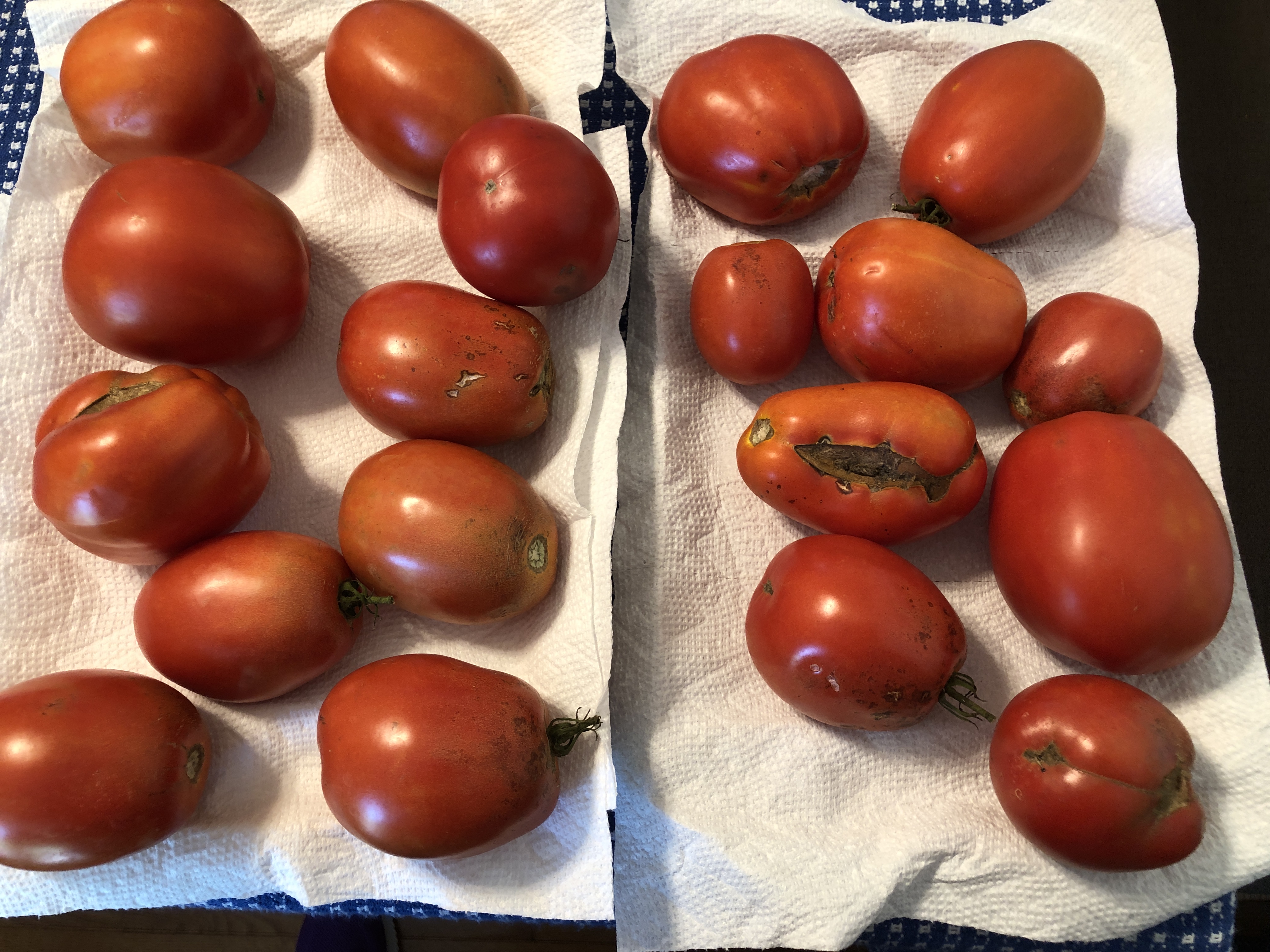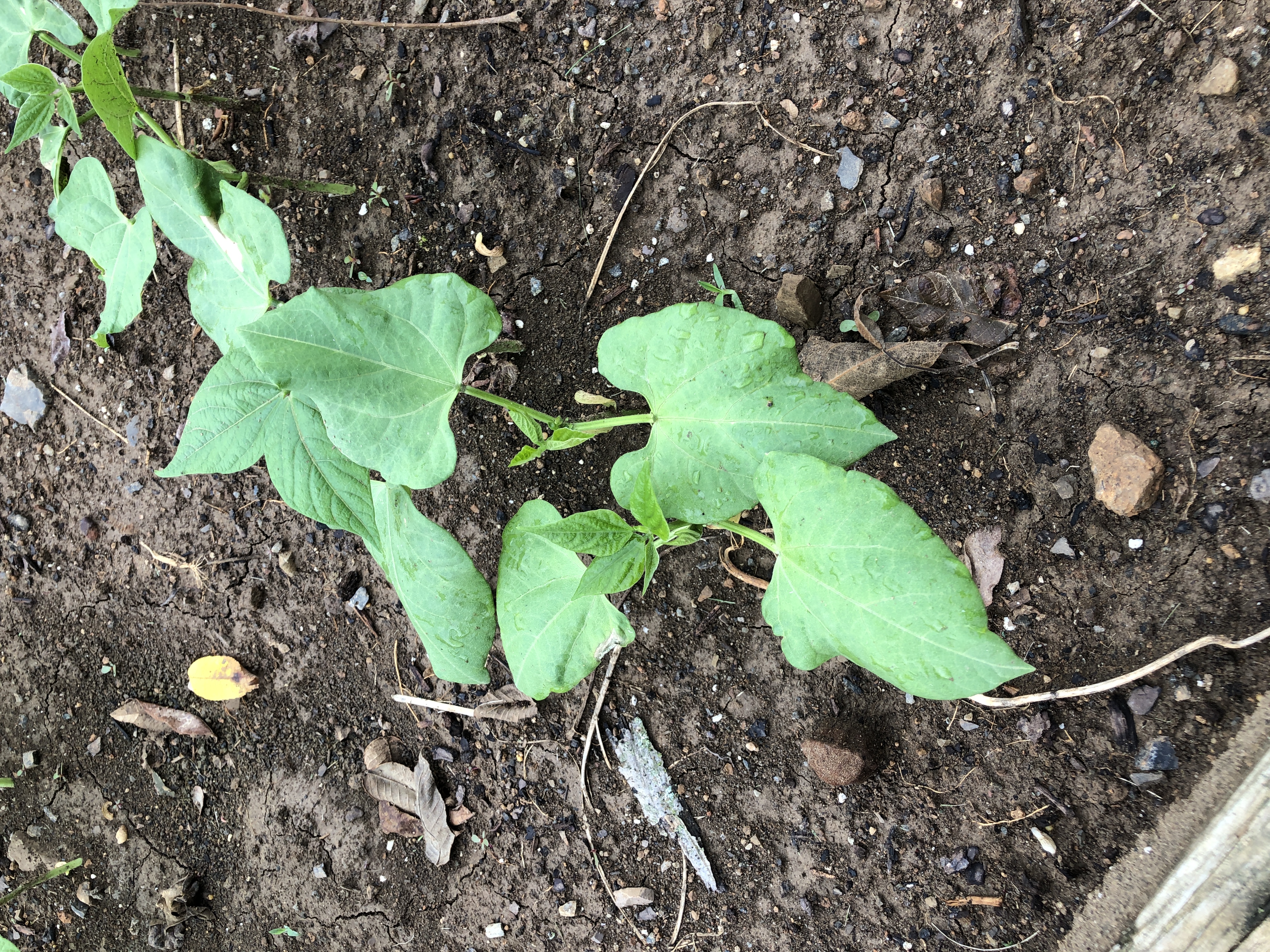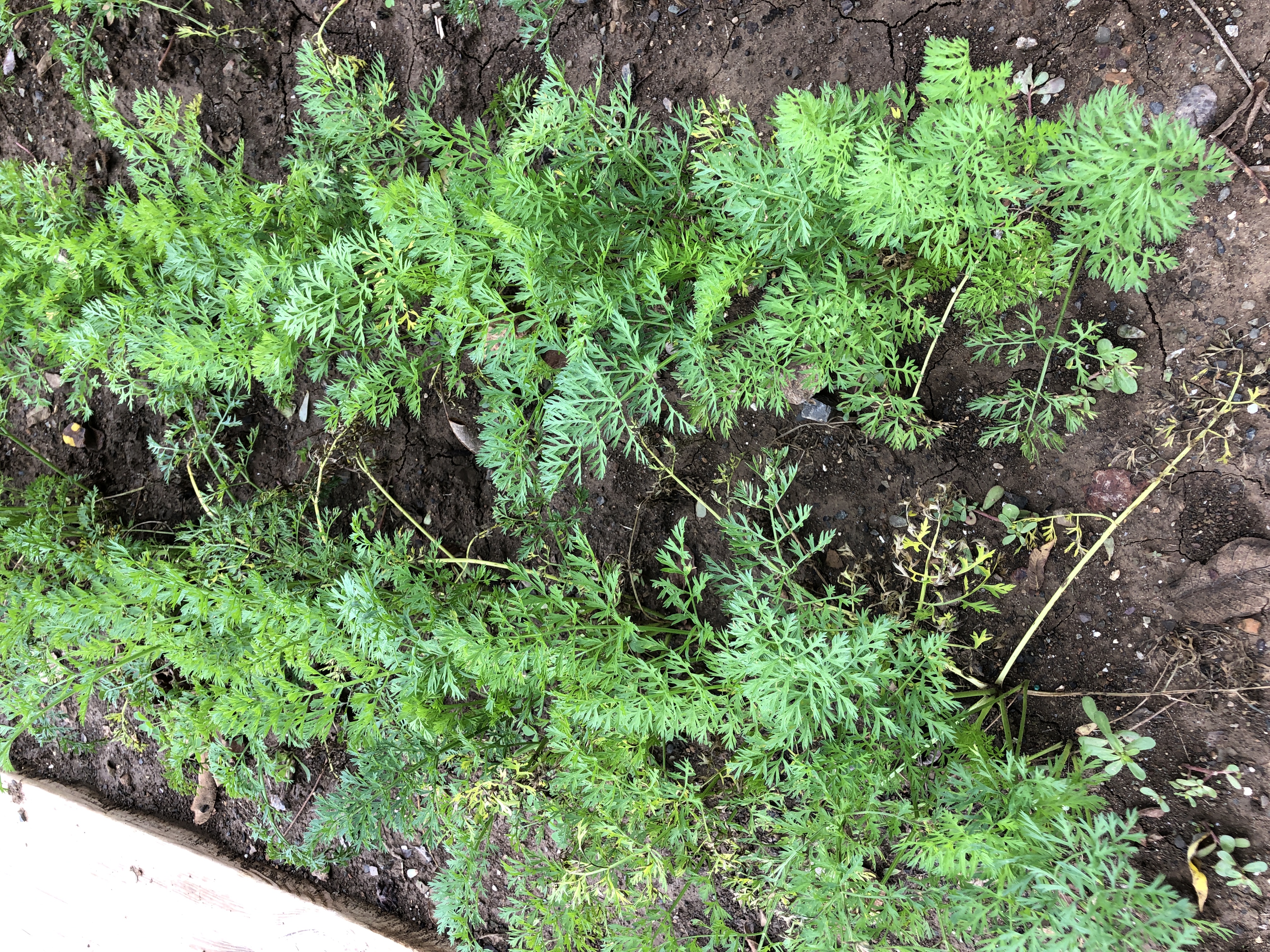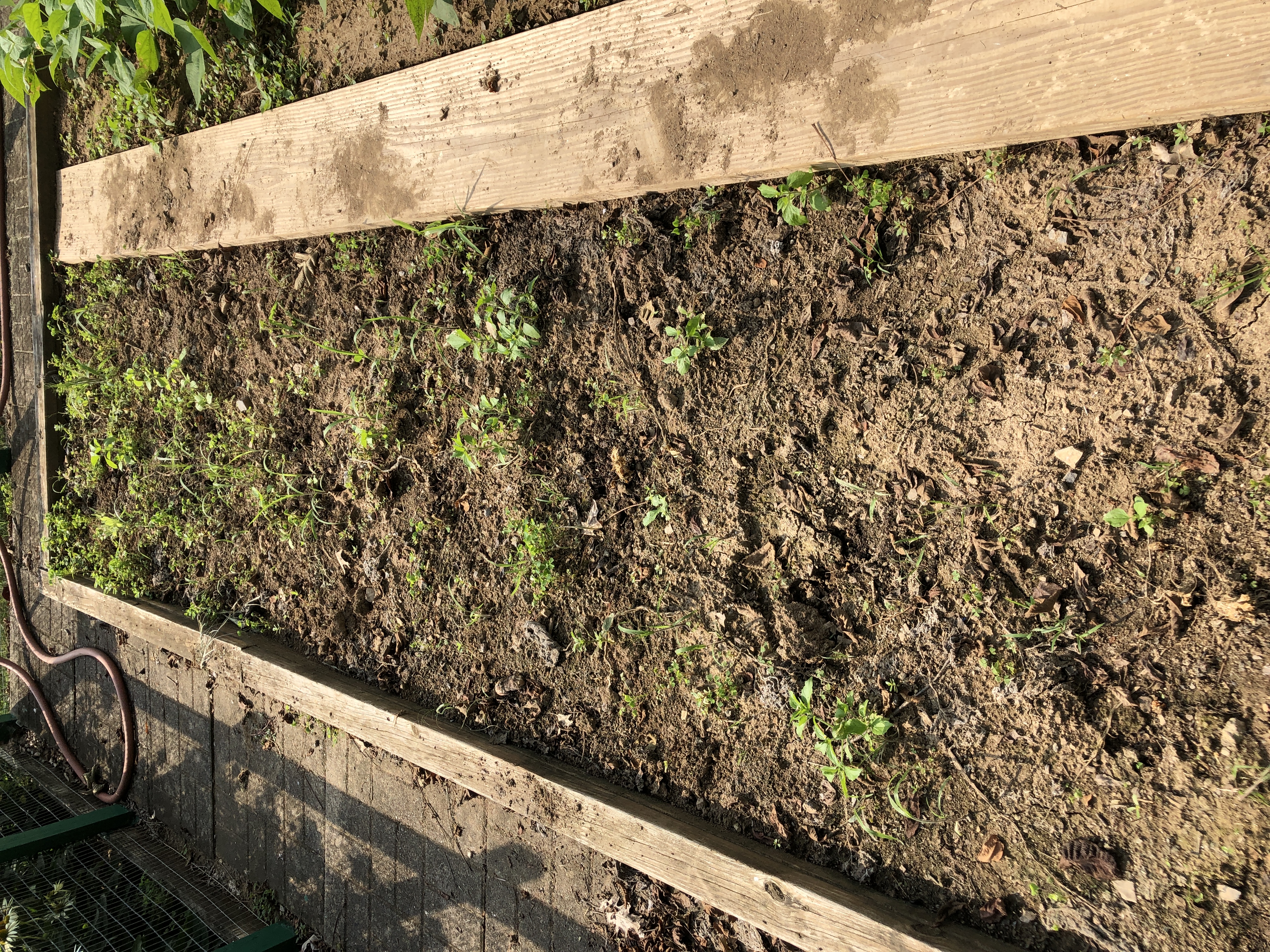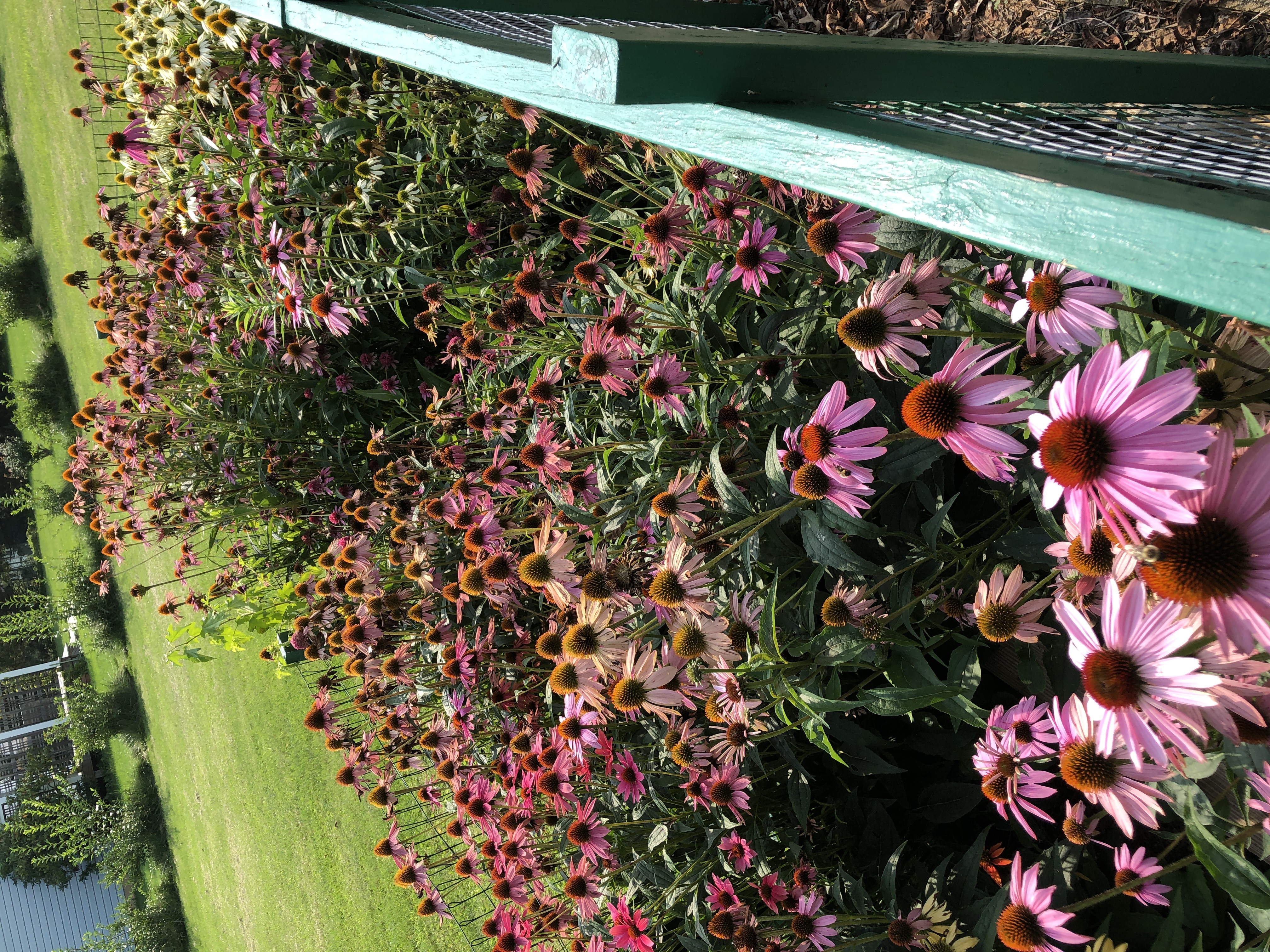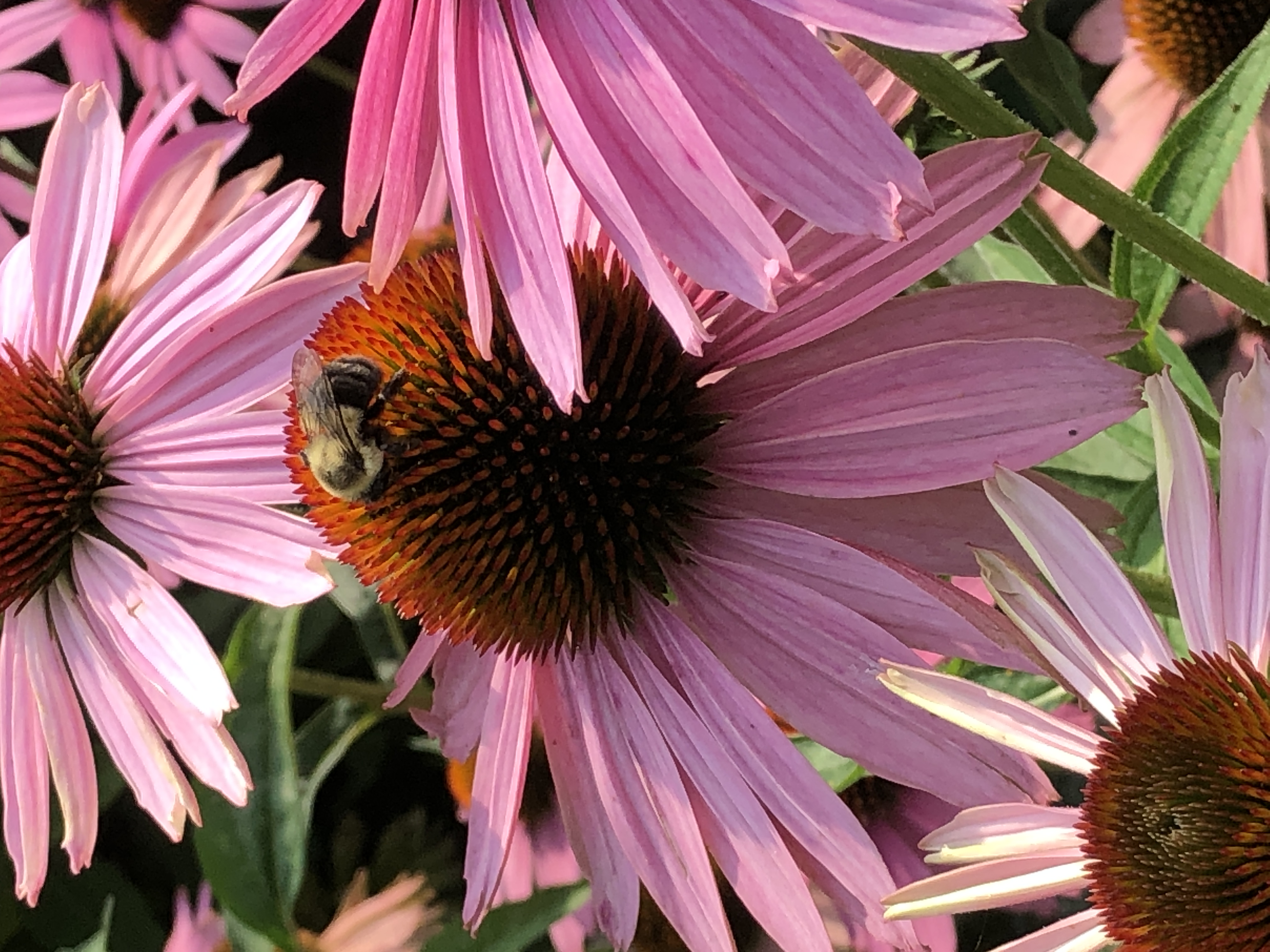I have begun the planning for a Christmas gift for my kids and grandkids. I hope to pull together about 25 of my favorite recipes to make each family a notebook (kind of like the recipe box my mother handed down to me!).
It seems my recipes are always a work in progress!
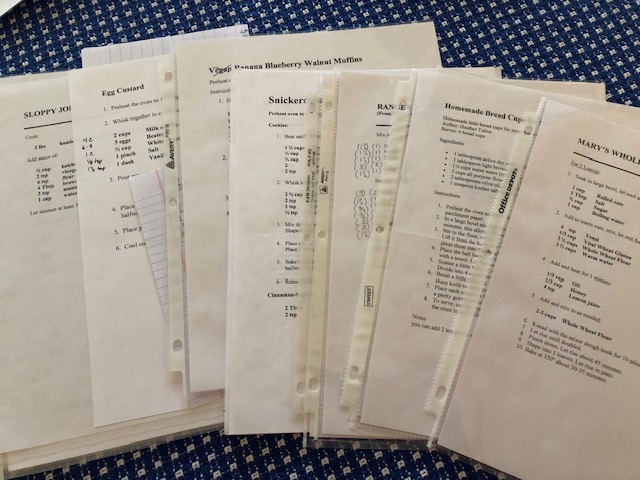
Unfortunately, I can’t just use copies of many of my recipes, because my stand mixer is larger than the ones my kids have and the quantities of things I make…like my oatmeal bread…won’t fit in their mixers. I’m not sure anyone has tried to make Bert’s chocolate chip cookies either…the volume of his single batch is huge!
So, today I pulled out my Oatmeal Bread recipe, an adapted Whole-Wheat Oatmeal Bread recipe and my basic Whole Wheat Bread recipe to see which ingredients needed to be adjusted.
My original Oatmeal Bread recipe made 3 (sometimes 4) loaves; I have an additional recipe that makes 6+ loaves of bread if I use our huge industrial mixer that Bert uses for his yearly cookie marathon.
I reduced the ingredients from the original Oatmeal Bread recipe to about 2/3 so my kids can make it with their smaller mixers. I took notes as I measured out the flour. I also had a handwritten recipe to make Whole Wheat Oatmeal Bread using similar procedures, so I tried to show the additional ingredients if whole wheat flour is used.

Then I wanted to compare the Whole Wheat Oatmeal Bread to the basic Whole Wheat Bread to see if using the oatmeal made a better loaf.
Here is the basic Whole Wheat Bread recipe. It also needed to be reduced, so you can see my notes. Instead of starting with the rolled oats, this basic recipe started by making a sponge with some flour and the yeast mixture.
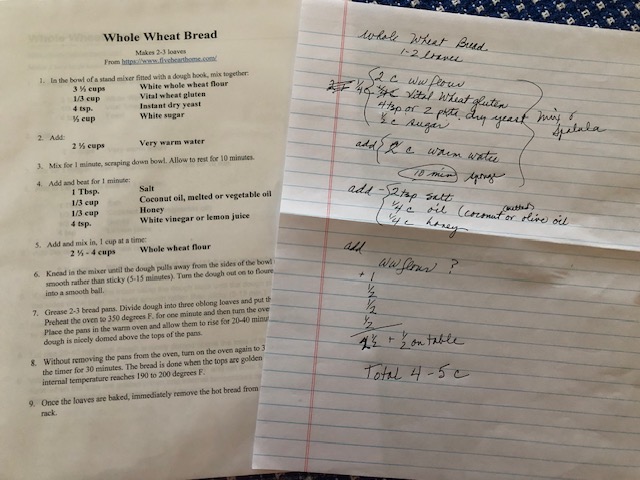
The key ingredient when making all whole wheat bread is the addition of Vital Wheat Gluten flour. All-purpose flour has more gluten available because of processing. Whole wheat flour is not as processed so adding this extra powdered gluten makes it possible for the slice of bread to stick together and not crumble like a slice of cornbread.
Here is the package of Vital Wheat Gluten flour:
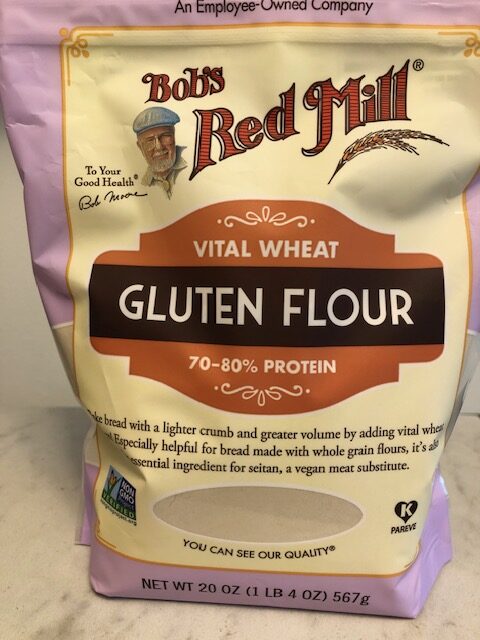
I ended up making two batches of bread…first the Whole Wheat Oatmeal Bread and then the basic Whole Wheat Bread.
Whole Wheat Oatmeal Bread:
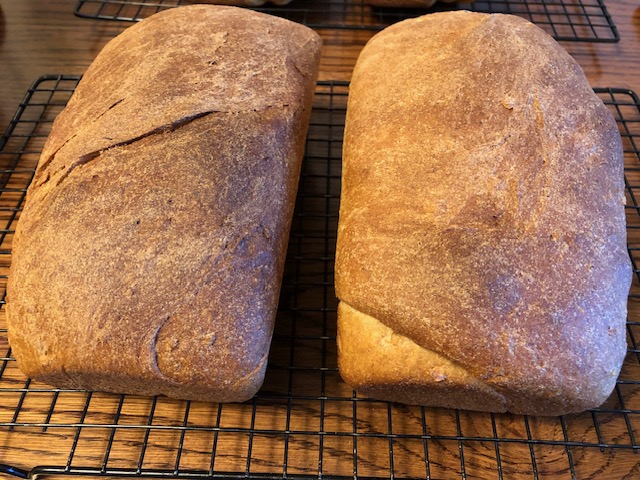
Basic Whole Wheat Bread:
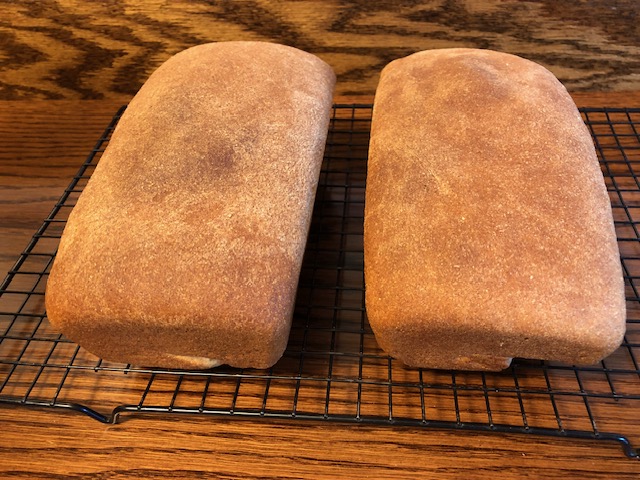
The Whole Wheat Oatmeal Bread slice is on the left. The basic Whole Wheat Bread slice is on the right.
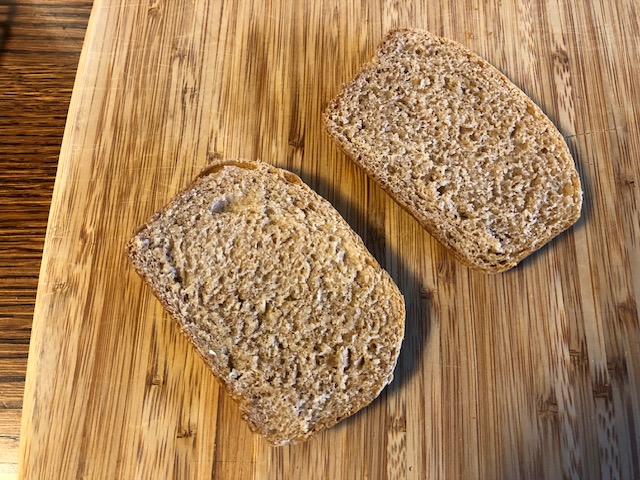
They tasted pretty much the same…EXCEPT…the Whole Wheat Oatmeal Bread on the left had a much lighter, more spongy texture. I think as long as I had rolled oats available, I would choose to make that one.
The next step is to formalize the recipes and instructions so they are ready for the Christmas notebooks! Next, I’ll move on to some of the cookie recipes…including Bert’s Chocolate Chip cookie recipe. The quantities of the ingredients when Bert uses our industrial mixer are huge…I don’t think anyone has tried to make a smaller batch. I’ll see what I can do!

